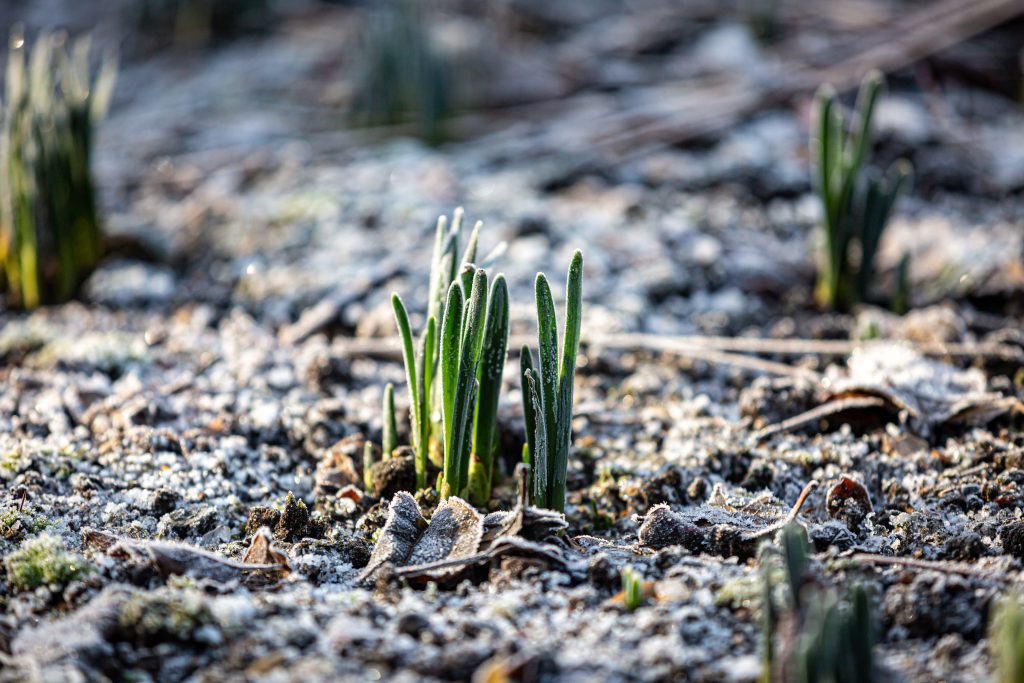Top Tips & Advice
Your January Garden – Winter Edition
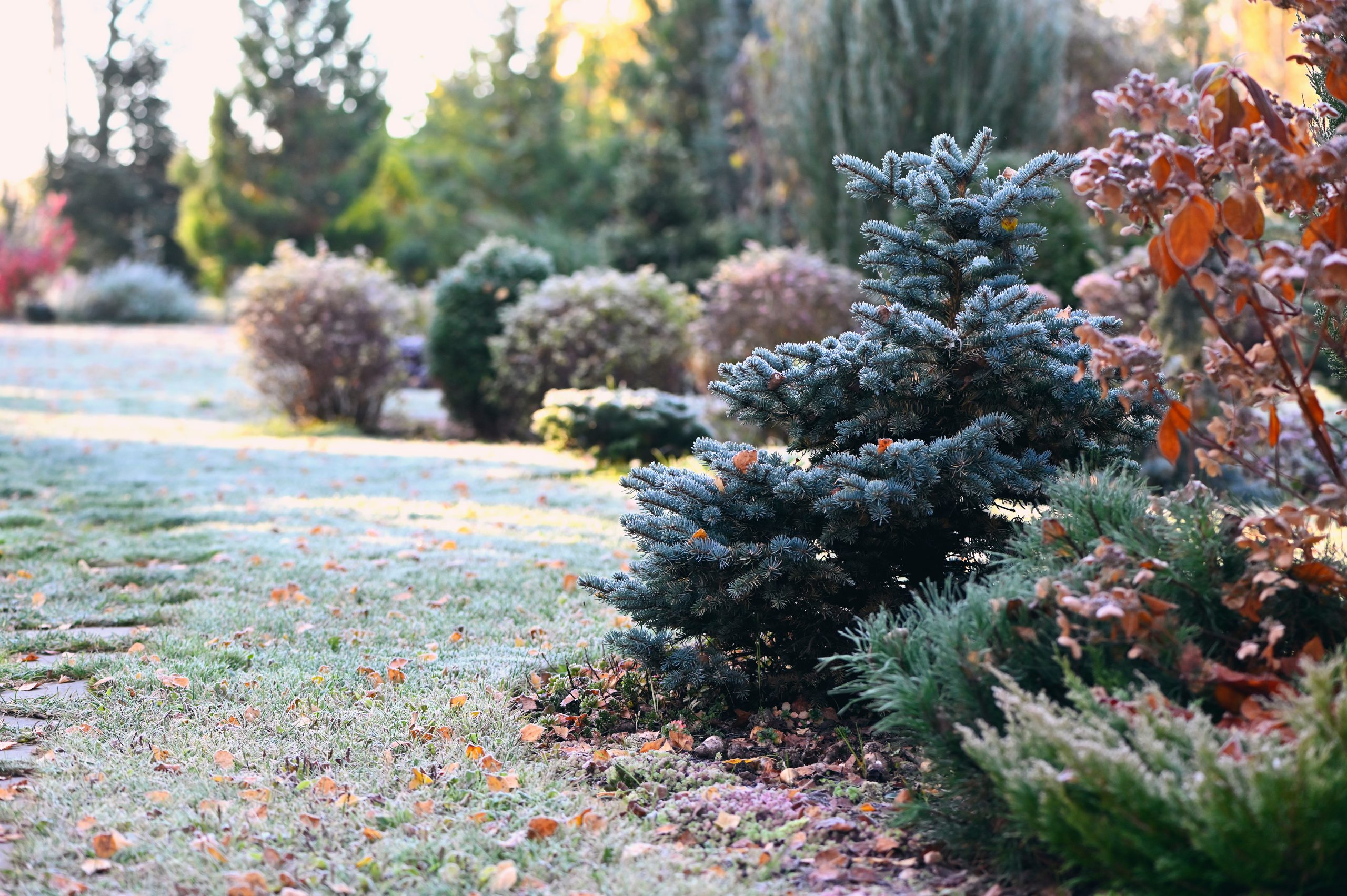
January Gardening Jobs
- Prune apple and pear trees
- Clean pots and greenhouses ready for spring
- Dig over any new vacant plots that have not been dug already
- Disperse worm casts in lawns
- Inspect stored tubers of Dahlia, Begonia and Canna for rot or drying out
- Recycle your Christmas tree by shredding it for mulch
- Start forcing rhubarb
- Plan your vegetable crop rotations for the coming season
- Keep putting out food and water for hungry birds
- Make a polythene shelter for outdoor peaches and nectarines to protect against peach leaf curl
Plants & Flowers
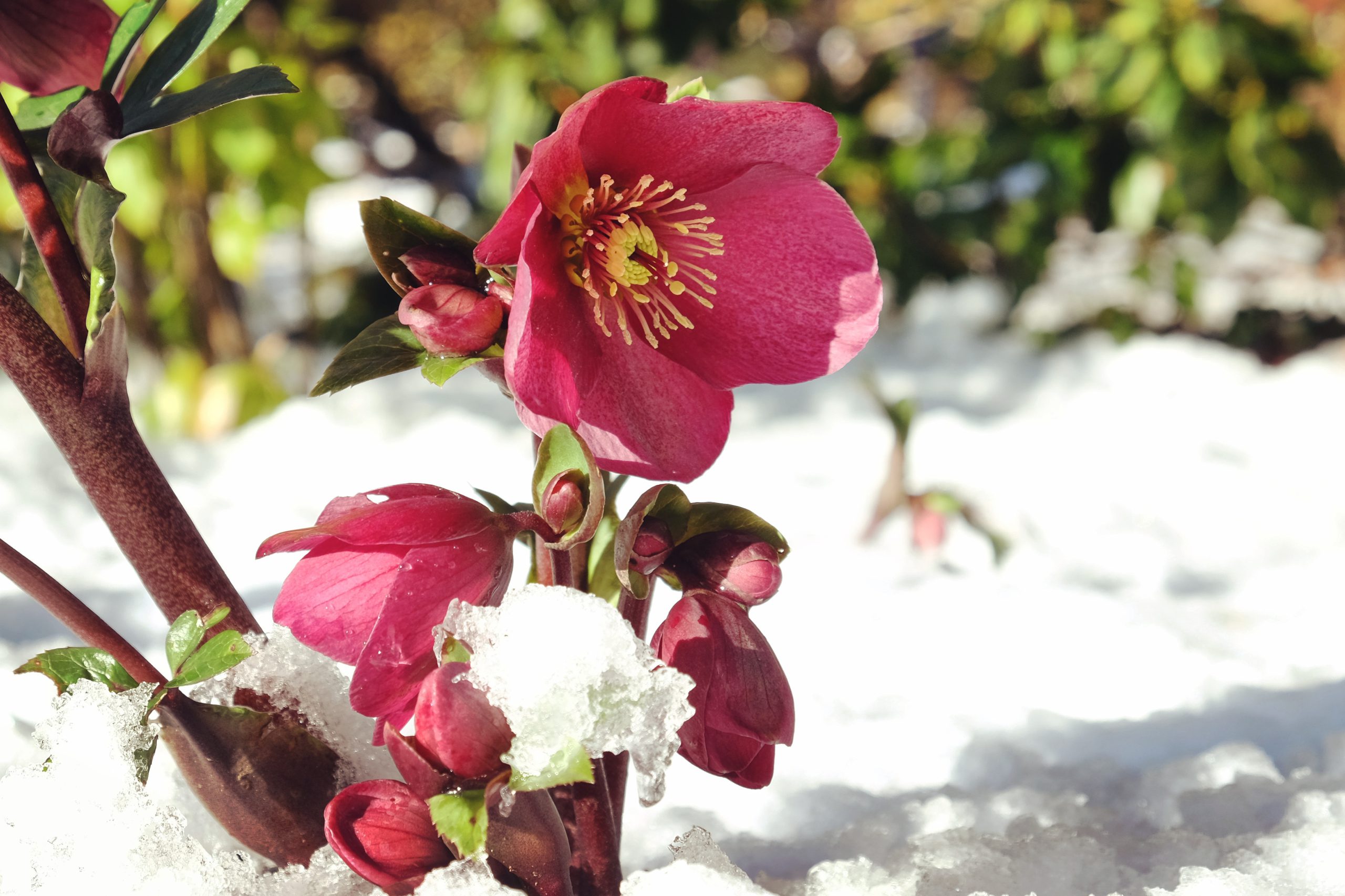
Keep your borders tidy by raking up any winter debris and leaves. Prepare for spring by clearing up weedy beds.
Sweet peas can be sown this month. Place them on a sunny windowsill, or on a high shelf in a sunny greenhouse.
Cut off old leaves of hellebores that produce flowers from ground level to exposed the flowers.
Similarly, cut away some Iris leaves to expose the flowers
Lawn
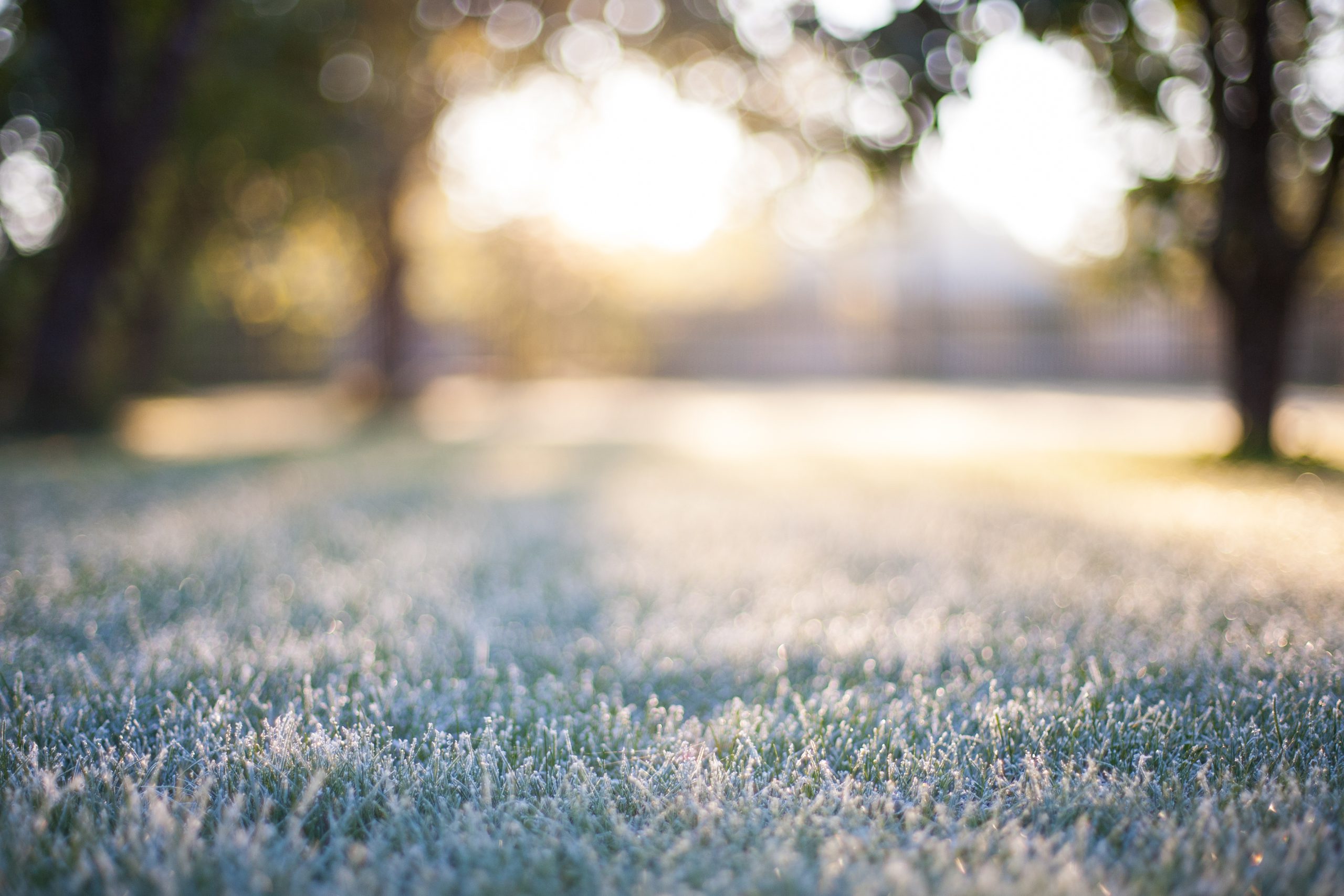
Even out hollows and bumps – Cut an H-shape into the turn, peel back the grass and fill the space with soil. For a bump, cut the same shape and remove excess soil.
Avoid walking on frost covered lawns – this will damage the grass and leave browned footprints.
If the ground is not too cold, re-cut lawn edges to neaten up the garden and prevent grass growing in your borders.
Ponds
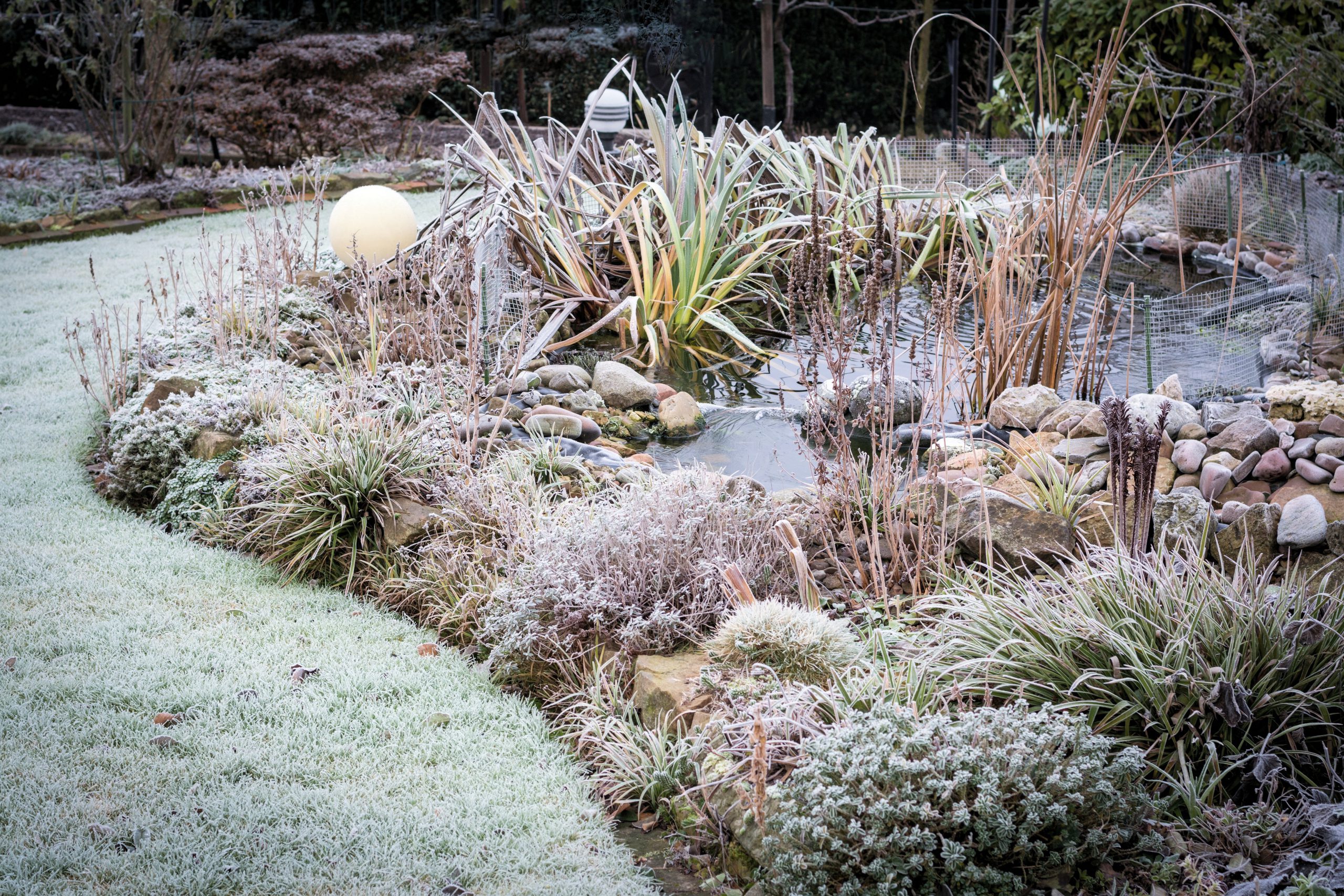
Rake out fallen leaves or shake off any that have landed on protective netting.
Keep an eye on your pond water level as hard frost can cause defects in the liner and even in concrete structures. If you notice a considerable drop in the level, then a leak may have occurred. The repair can be done in the spring so keep the water topped up until then.
Beware of ice forming on the pond if you have fish as this can be fatal. Either install a air pump or pond heater to prevent this.
You can also make a hole by placing a saucepan of hot water on the surface until is has melted. Do not crack the ice as this can harm the fish.
Trees & Shrubs
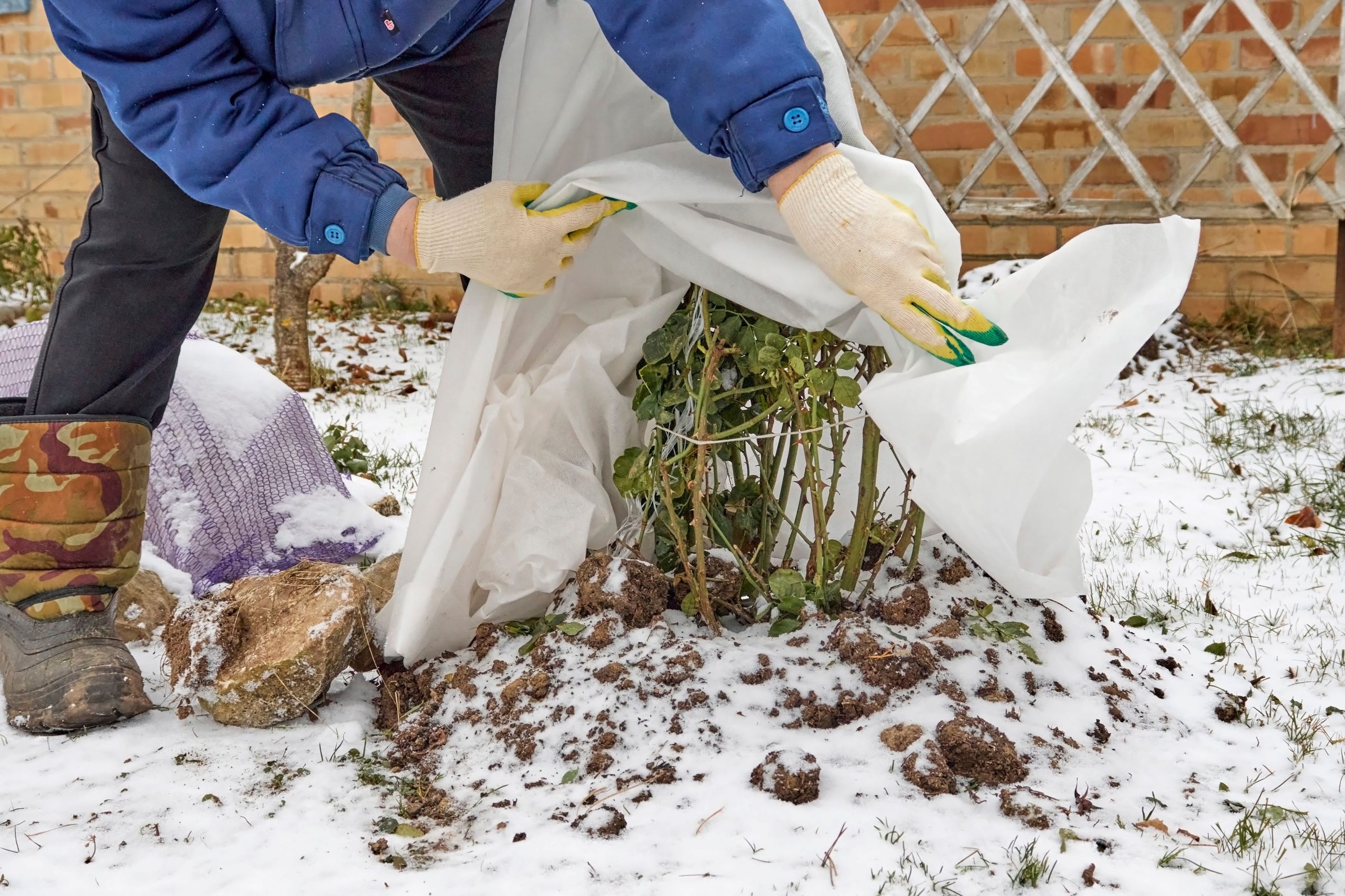
Continue to plant roses but avoid anywhere that roses have been previously planted. This can lead to issues with replant diseases.
Check tree ties and stakes as cold and harsh winds can loosen them.
Protect new trees, hedges and shrubs from the cold weather, winds and frost. Thick dry mulch will protect the roots and branches can be covered with fleece. For evergreens, keep the light coming through by covering with clear polythene – don’t let it touch the leaves as they could freeze or rot from condensation.
Your February Garden – Winter Edition
February Gardening Jobs
- Prepare vegetable seed beds, and sow some vegetables under cover.
- Chit potatoes tubers
- Protect blossom on apricots, nectarines and peaches
- Net fruit and vegetable crops to keep the birds off
- Prune winter-flowering shrubs that have finished flowering
- Divide bulbs such as snowdrops, and plant those the need planting ‘in the green’
- Prune Wisteria
- Prune hardy evergreen hedges and renovate overgrown hedges
- Prune conservatory climbers such as bougainvillea
- Cut back deciduous grasses left uncut over the winter, remove grass from evergreen grasses
Plants & Flowers
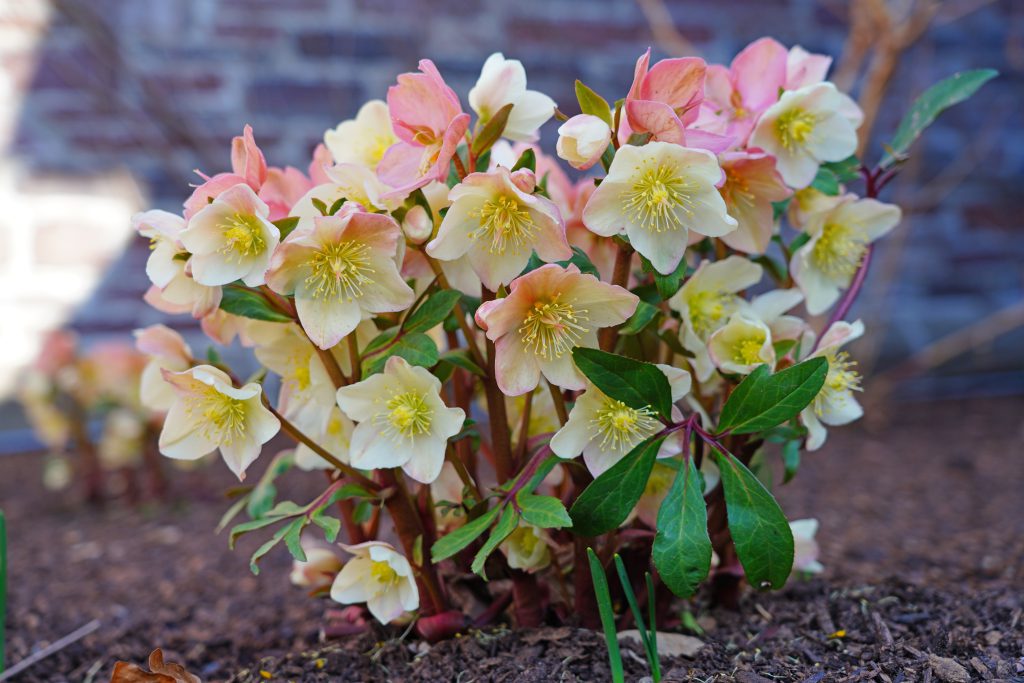
Cut off old leaves of hellebores that produce flowers from ground level to exposed the flowers.
Divide clumps of herbaceous perennials to propagate, those that have become too large for their allotted space, and also those flowering poorly or have lost shape.
Deadhead winter pansies and other flowers from ground level to expose the flowers and remove risk of diseases such as hellebore leaf spot.
Lawns
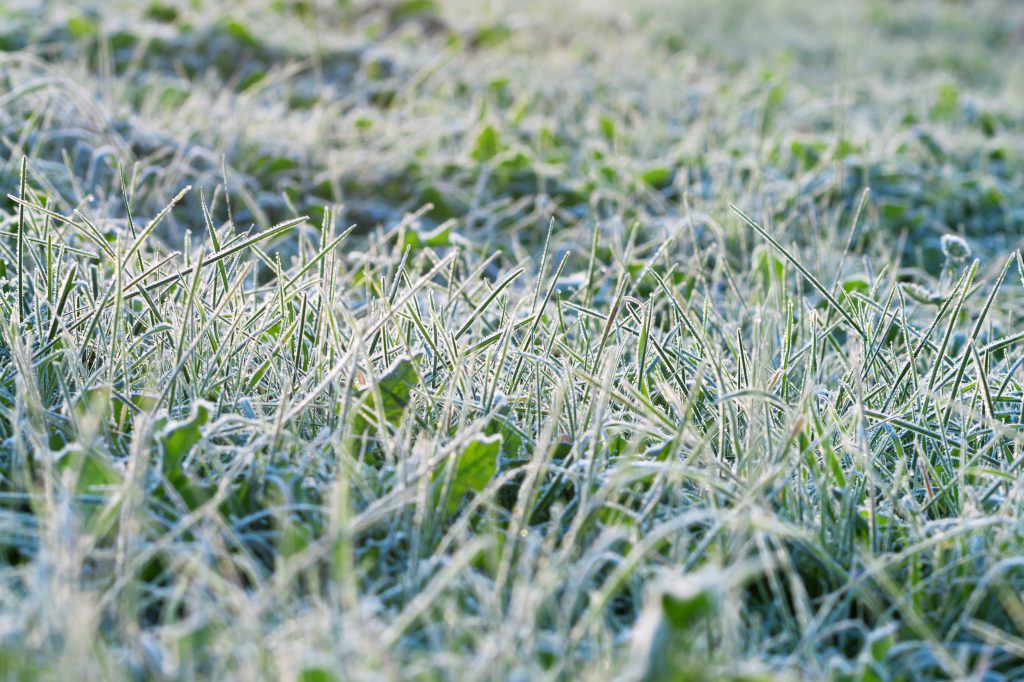
Grass will begin to grow at temperatures above 5 degrees Celsius. If you choose to cut the grass, only mow when the grass is dry and set the cutting height to maximum.
Avoid walking on the lawn when frosty. This can damage the blades of grass and leave brown footprints.
Ponds
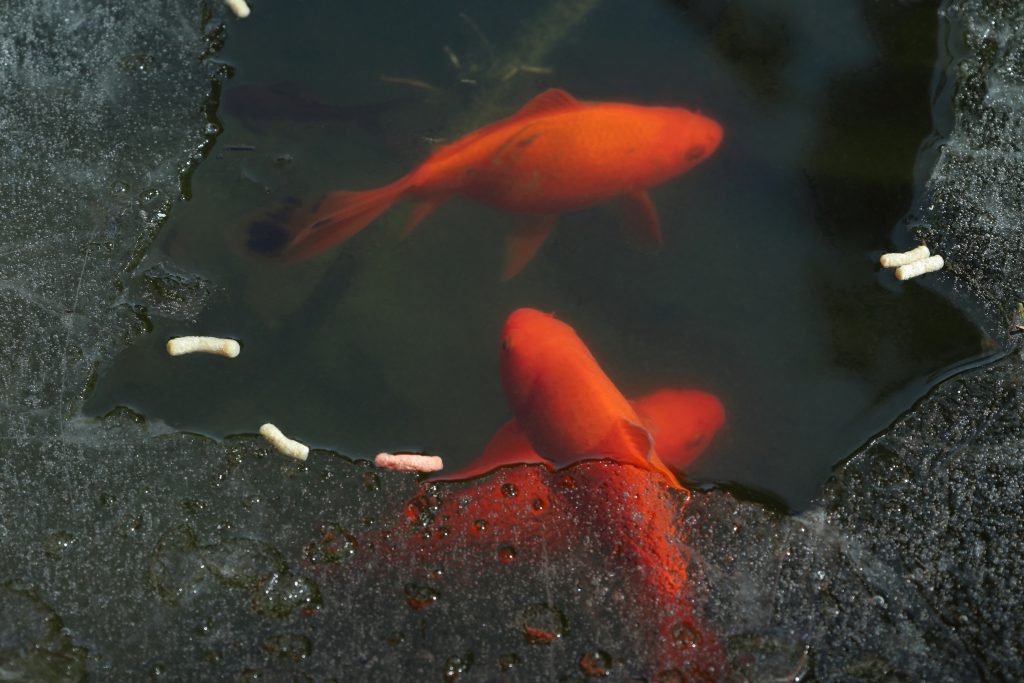
Rake out fallen leaves or shake off any that have landed on protective netting.
Keep an eye on your pond water level as hard frost can cause defects in the liner and even in concrete structures. If you notice a considerable drop in the level, then a leak may have occurred. The repair can be done in the spring so keep the water topped up until then.
Beware of ice forming on the pond if you have fish as this can be fatal. Either install a air pump or pond heater to prevent this.
You can also make a hole by placing a saucepan of hot water on the surface until is has melted. Do not crack the ice as this can harm the fish.
Tress & Shrubs
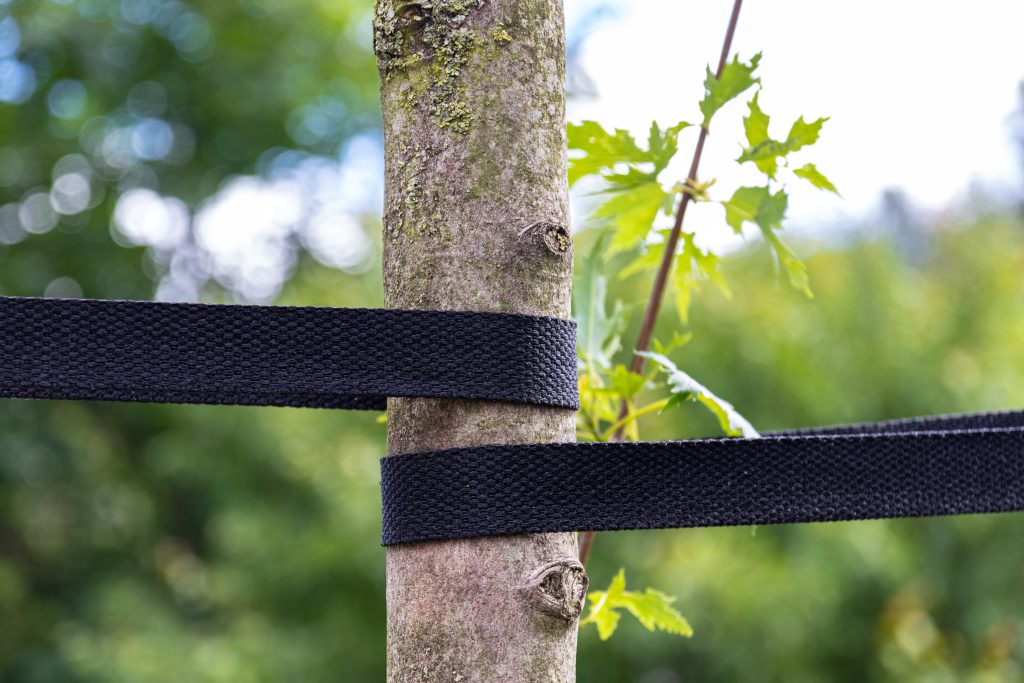
Continue to plant roses but avoid anywhere that roses have been previously planted. This can lead to issues with replant diseases.
Check tree ties and stakes as cold and harsh winds can loosen them.
Protect new trees, hedges and shrubs from the cold weather, winds and frost. Thick dry mulch will protect the roots and branches can be covered with fleece.
Your March Garden – Spring Edition
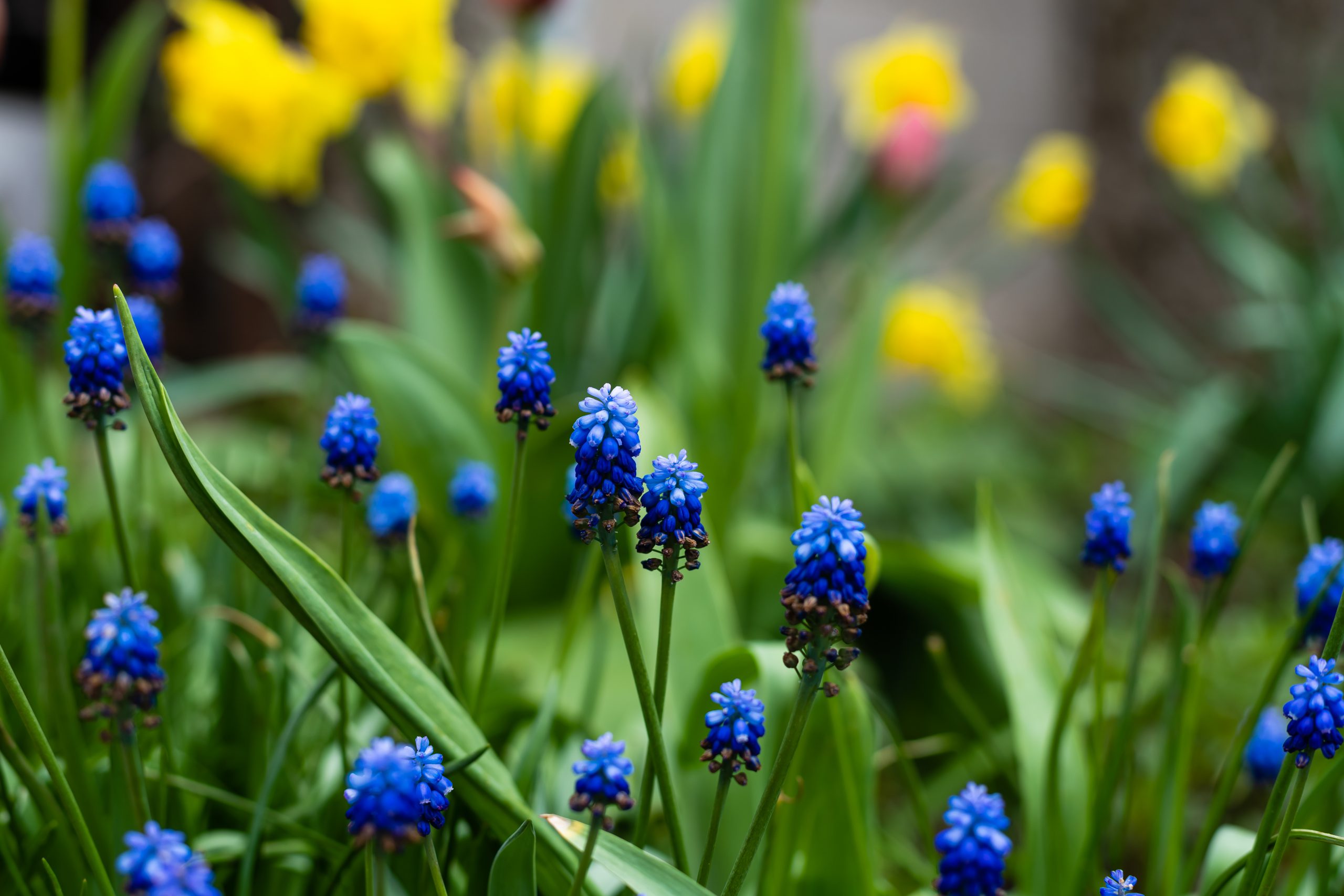
March Gardening Jobs
- Prune and bush and climbing roses
- Plant onion sets and shallots
- Plant summer-flowering bulbs
- Lift and divide overgrown clumps of perennials
- Plant early potatoes
- If needed, mow the lawn on dry days
- Cut back herbaceous perennials and ornamental grasses that have been left standing over winter
- Keep a few Dandelions in your garden to help support pollinators
- Start off Dahlia tubers in pots or trays of damp peat-free compost
- Prune Buddleja to a low framework of stems to encourage new flowering growth
Plants & Flowers
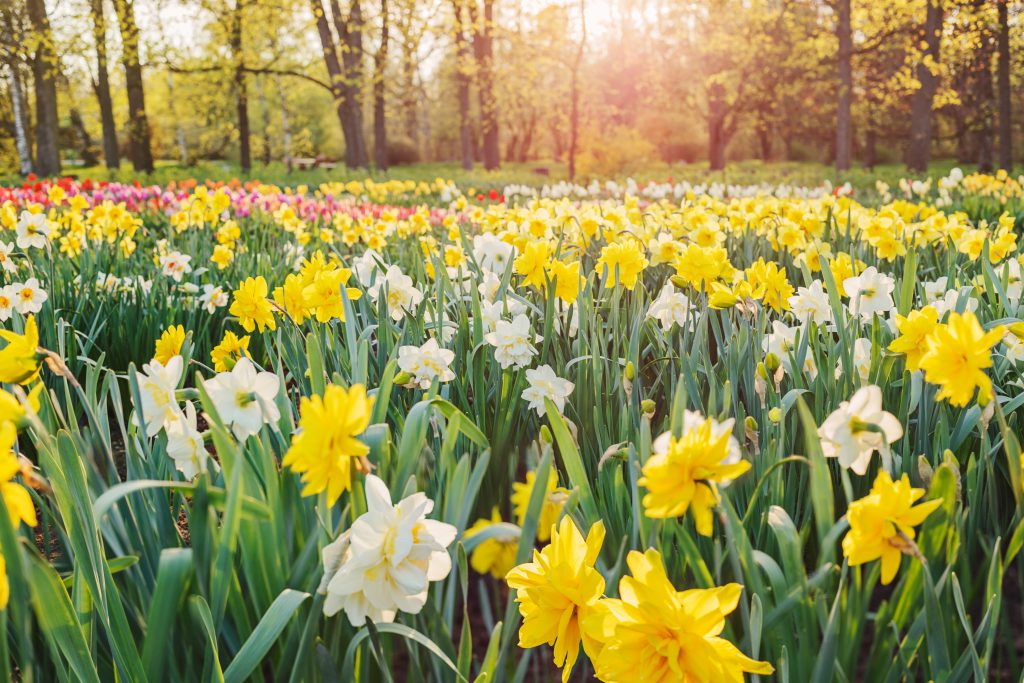
Sweet Peas can now be sown outside. Carry on deadheading winter-flowers and bedding. Pansies will continue into spring and maybe even summer if they are looked after.
Daffodils (Narcissus) will also need deadheading as they begin to fade.
Clean up any weedy areas in your beds before mulching. If you mulch with a deep layer of organic matter, this will help condition the soil.
Check your containers for drought. Although this time of year can be drizzly, they may still dry out if positioned under a cover. Simply check the compost at a hands depth, if the soil is dry, give it a water.
Lawns
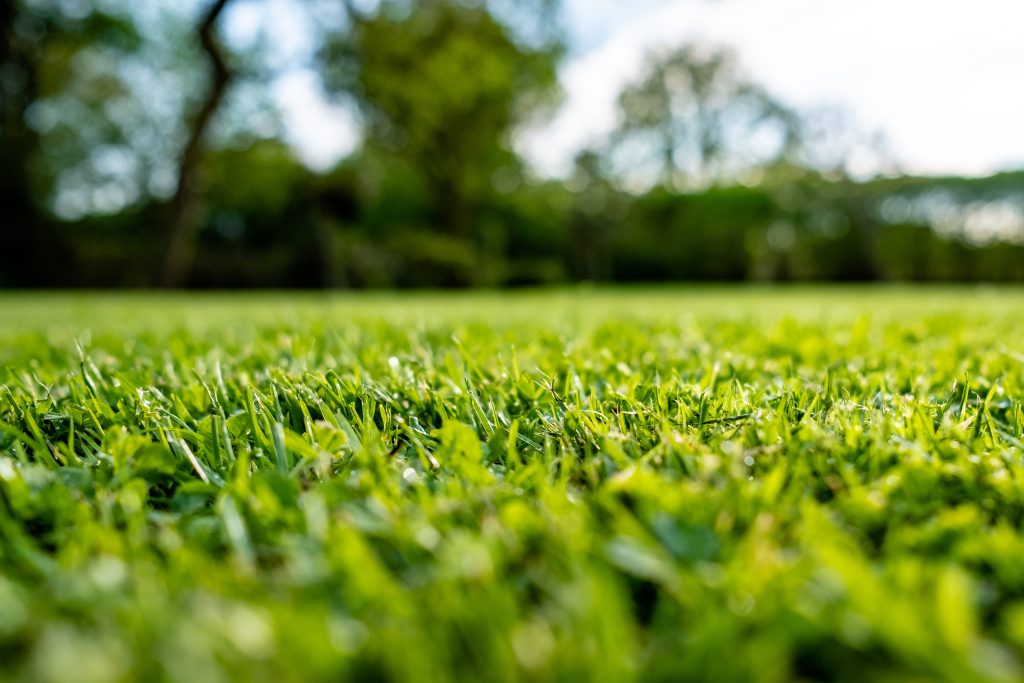
When the weather is finally mild enough and the grass is showing signs of growth, raise the mower blades by a 1/4inch higher, cut and enjoy that freshly mown grass smell.
Take the time to tidy up your lawns edges and border using an edging tool. An instant fix to create a beautifully presented garden.
In late March, apply a high nitrogen spring lawn feed if your grass needs some TLC. This will help promote strong growth to recover from the harsh winter weather.
Ponds
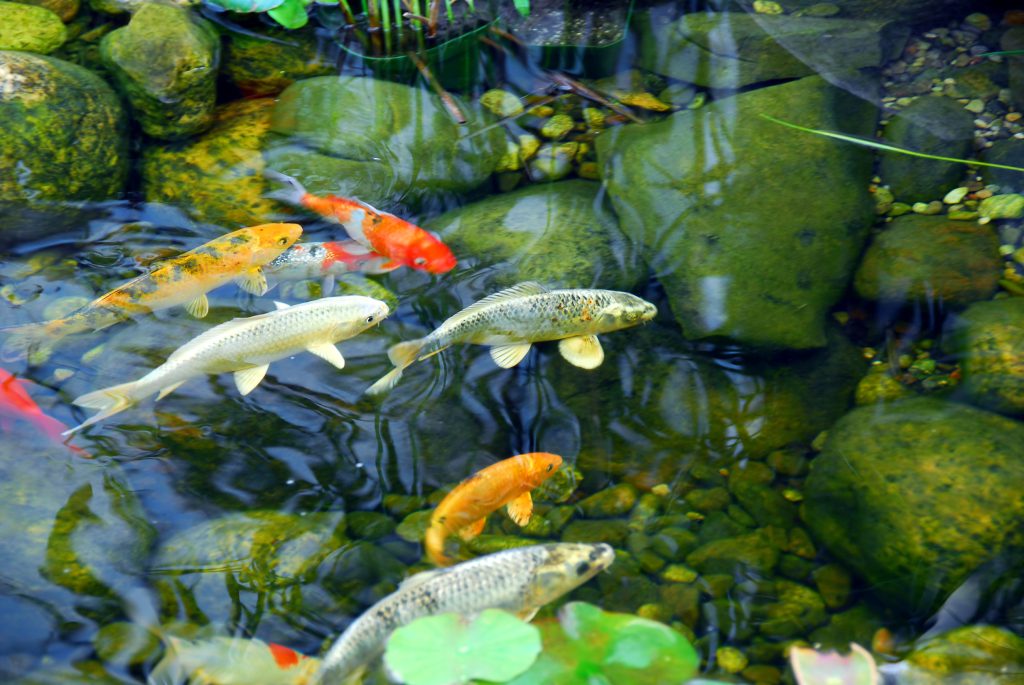
It’s time to start feeding the fish! Little and often is best so not to have excess food and then unwanted algae blooms.
Remove leaf-catching netting covers placed over during autumn/winter season.
Tidy up any plants in the bog garden and mulch with composted bark.
Trees and Shrubs
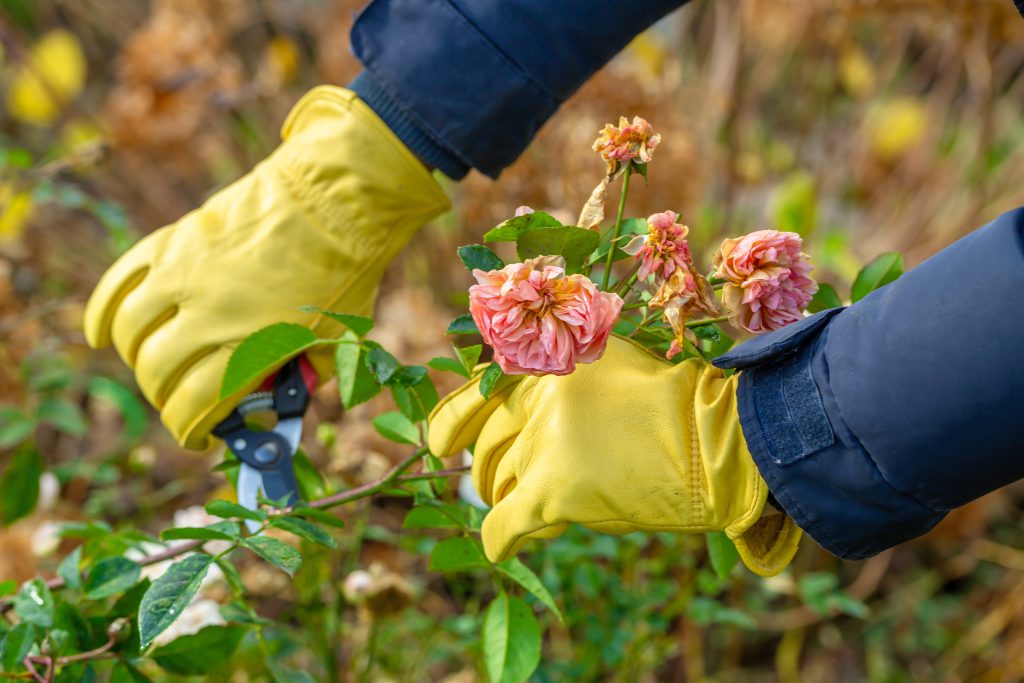
Prune established bush and standard roses as they start growing but before any leaves unfurl.
Delay pruning spring-flowering shrubs until after they have flowered, otherwise this year’s display will be lost.
Remove any reverted green shoots on hardy variegated evergreens, to prevent reversion taking over.
Tie wall shrubs and climbers onto their supports to protect them from wind damage.
Caring for your Christmas Tree
Fresh Cut Trees
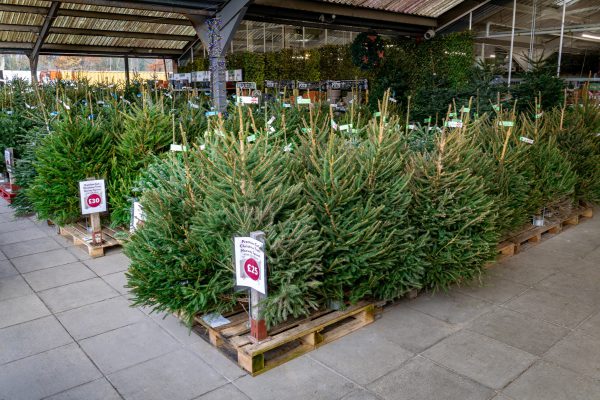
All conifers shed as part of their lifecycle and they will accelerate that shedding if they dry out. Not all trees have the same tolerance towards drought. Just follow our tips below to get the best from your tree and maintain its fresh appearance.
- It is vital to re-cut the sawn end of the tree removing another two inches. This will expose fresh plant cells in order to take up adequate water during its time indoors
- Stand the tree in a bucket of water, in a cool shaded spot before the tree is required to be brought indoors. This will re-hydrate the tree to help prevent it from shedding all its needles
- Use a tree stand that holds water which can easily top up, (your tree can drink more than a pint of water a day)
- Do not place your tree near a heat source
- Treat a Christmas tree as you would treat fresh flowers in the home
- Don’t worry if your tree appears flat on one side as this is unavoidably happens during transit. Once inside a warm room the branches will soon regain their natural shape
- If your tree was netted, it is a good idea to remove it as soon as you possibly can so the branches can spread out naturally.
Nordmann Fir
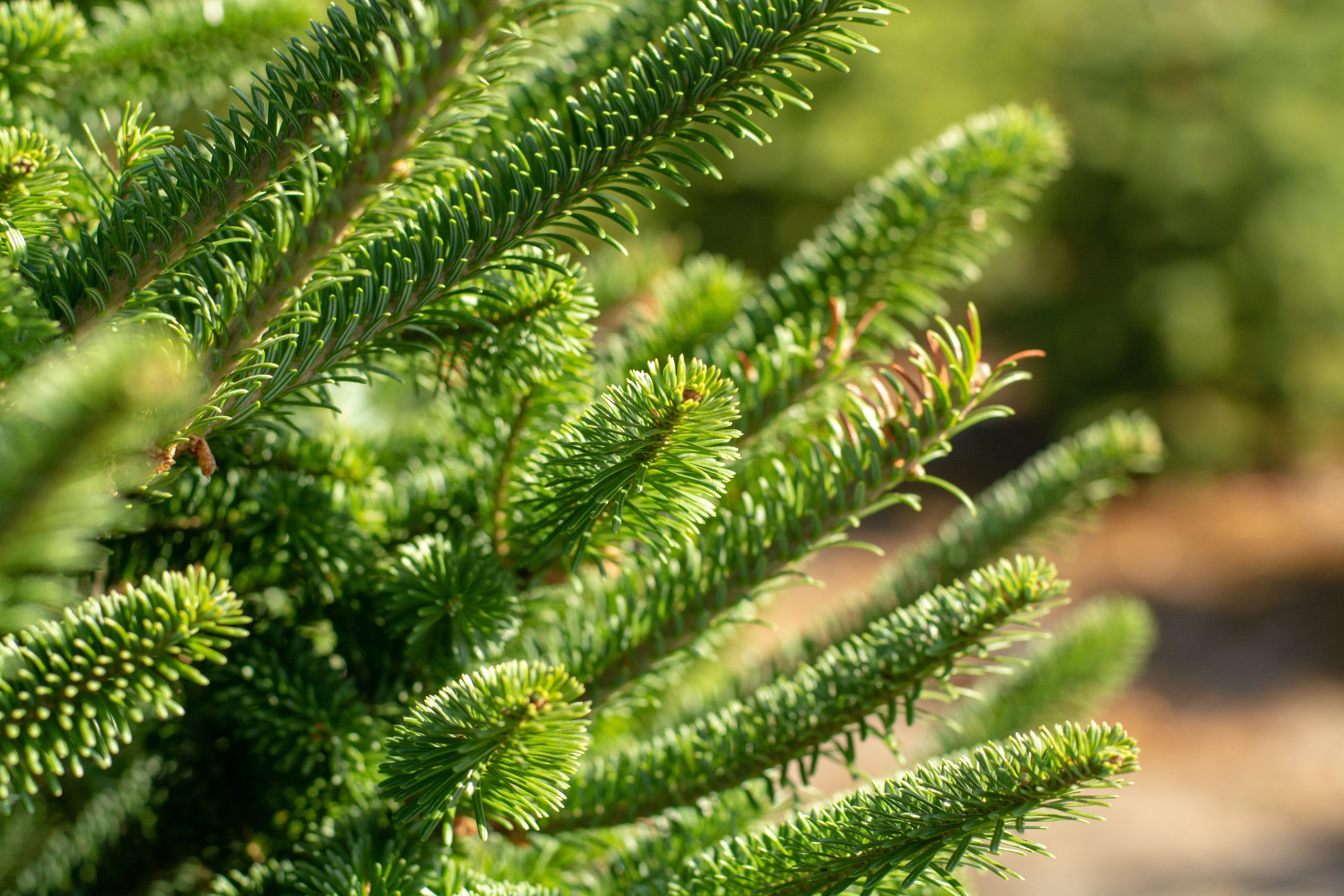
Well established over the years, the Nordmann Fir is generally regarded as being the best performing tree you can buy. Many people throughout the UK and the rest of Europe choose a Nordmann for their Christmas tree.
They offer better needle retention compared with other species such as the Norway Spruce. This is largely due to them having soft thick needles which help to minimise water loss and shedding all over your carpet! Another characteristic are its leaves; attractive blue grey needles which are silver when viewed from underneath.
Although a bit more expensive than the spruces, we believe they offer excellent value for money. Their shape makes them exceptionally high quality.
Norway Spruce
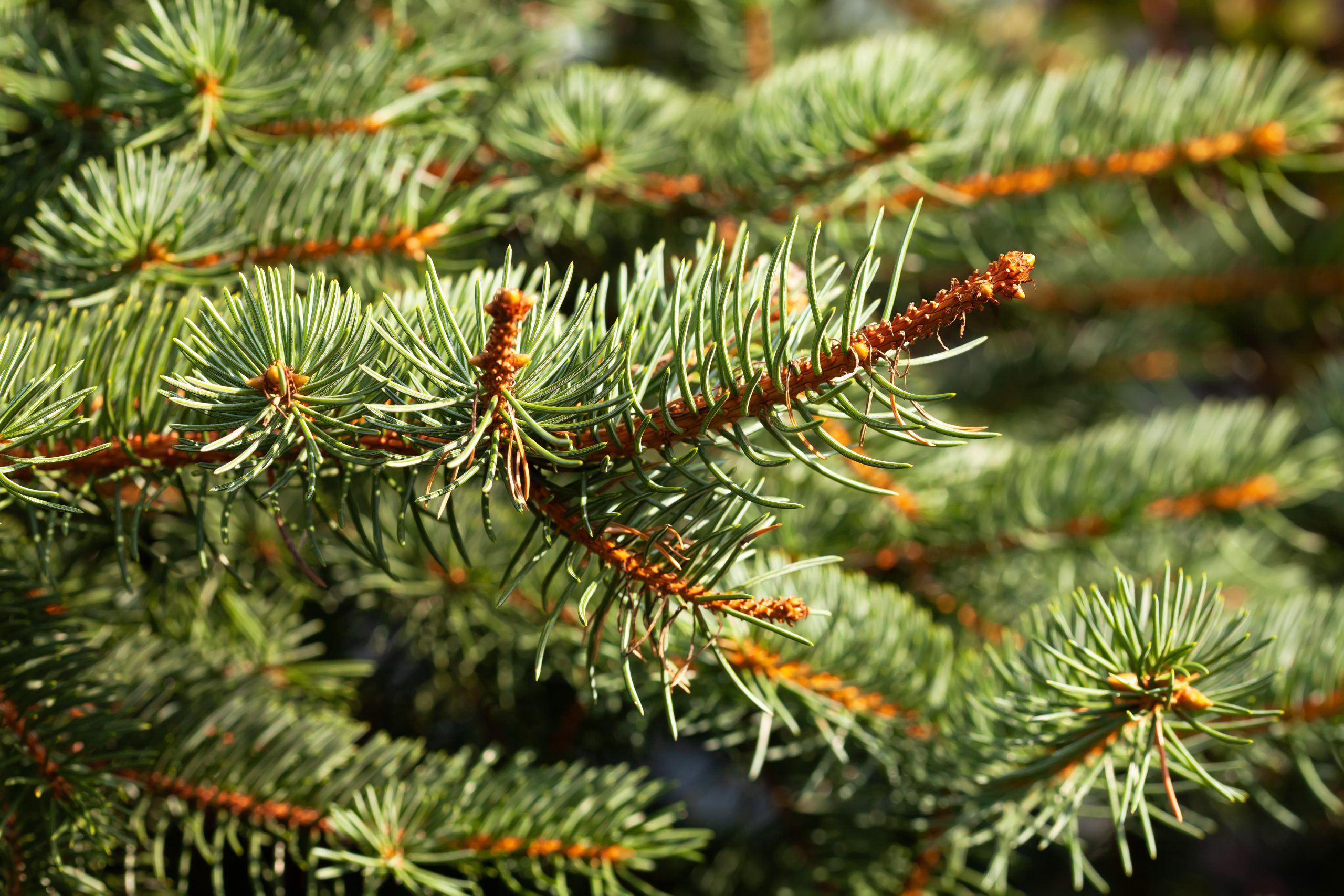
The Norway Spruce is the traditional Christmas tree with its pointed mid-green needles standing on tiny pegs and a lovely scent. It occurs naturally throughout the UK and the rest of Northern Europe.
It is because of its ability to grow well on a number of sites that it has become a popular tree. If not cared and properly situated, the Spruce is prone to needle-drop
Pot Grown
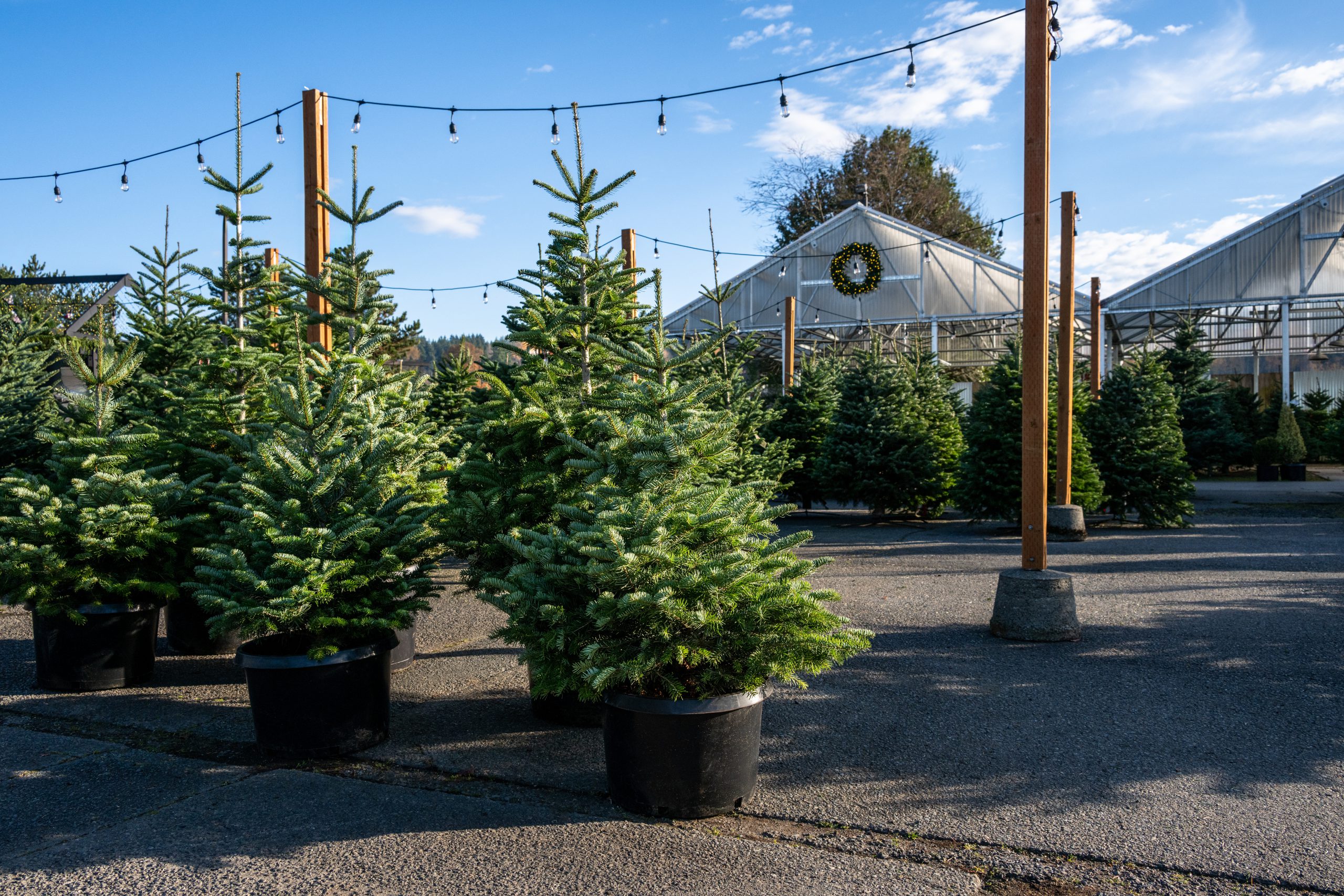
Over the last few seasons pot grown Christmas Trees have increased in popularity and we now stock pot grown Nordmann Firs alongside the Norway Spruce.
As the name suggests, they are Christmas Trees supplied in pots, complete with roots. Once the festive season is over it can be potted on or transplanted into the garden.
Pot Grown Trees
- After purchasing your post grown tree, remove it from the protective sleeve and keep it watered like you would any other plant kept in a pot.
- Before bringing our potted tree indoors, immerse it in water for at least 10 minutes to fully saturate the compost. Allow it to drain for a few hours and then bring inside.
- Follow the guideline for fresh cut trees regarding positioning – i.e. keep away from sources of heat.
- Water regularly as you would your other houseplants; don’t allow the compost to become too dry. Keeping the compost moist will also help to provide stability.
- You can repot or transplant the tree into the garden in early spring, just as the growing season starts. Just remember to keep watering it.
About Our Trees
All our trees are grown in commercially managed plantations specifically to be sold during the festive season. This means that more trees replace those cut down and sold. Depending on the size of your tree, it may be up to 7 years old!
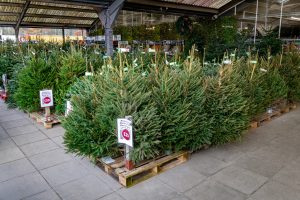
Your December Advice – Winter Edition
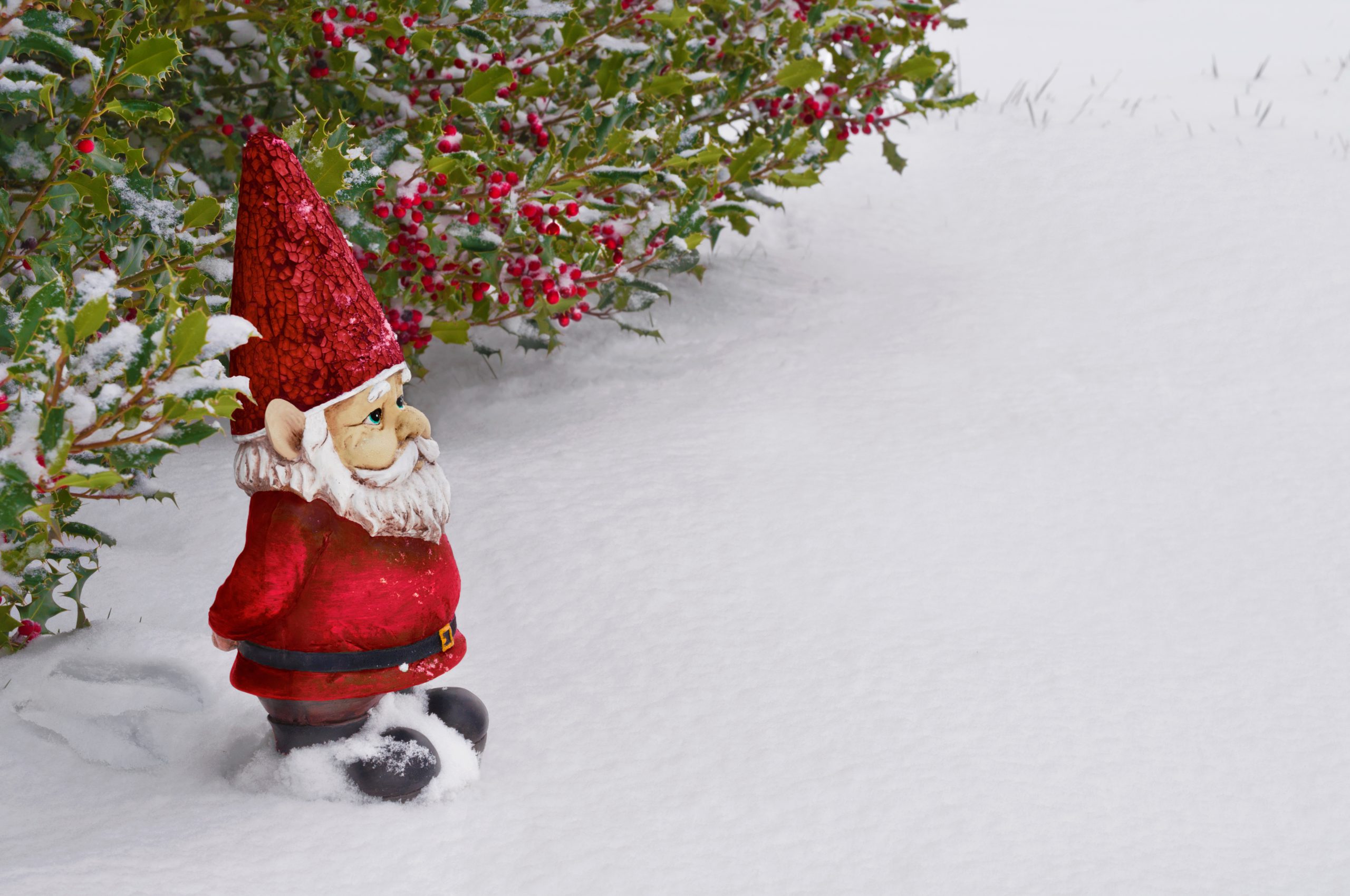
December has finally arrived! Although the weather may be cold, there’s plenty to do in the garden with a lovely cup of something warm to keep you going.
December Gardening Jobs
- Check your winter protection structures are still secure
- Check that your greenhouse heaters are working sufficiently
- Insulate outdoor taps and prevent ponds from freezing by a pond heater or melting the ice (cautiously) with a hot pan placed on the surface.
- Prune open-grown apples and pears (but not ones trained against walls)
- Prune acers, birches and vines before Christmas to avoid bleeding
- Harvest leeks, parsnips, winter cabbage, sprouts and remaining root crops
- Trees and shrubs can still be planted and transplanted
- Take hardwood cuttings
- Keep mice away from stored products
- Reduce watering of houseplants
Plants & Flowers
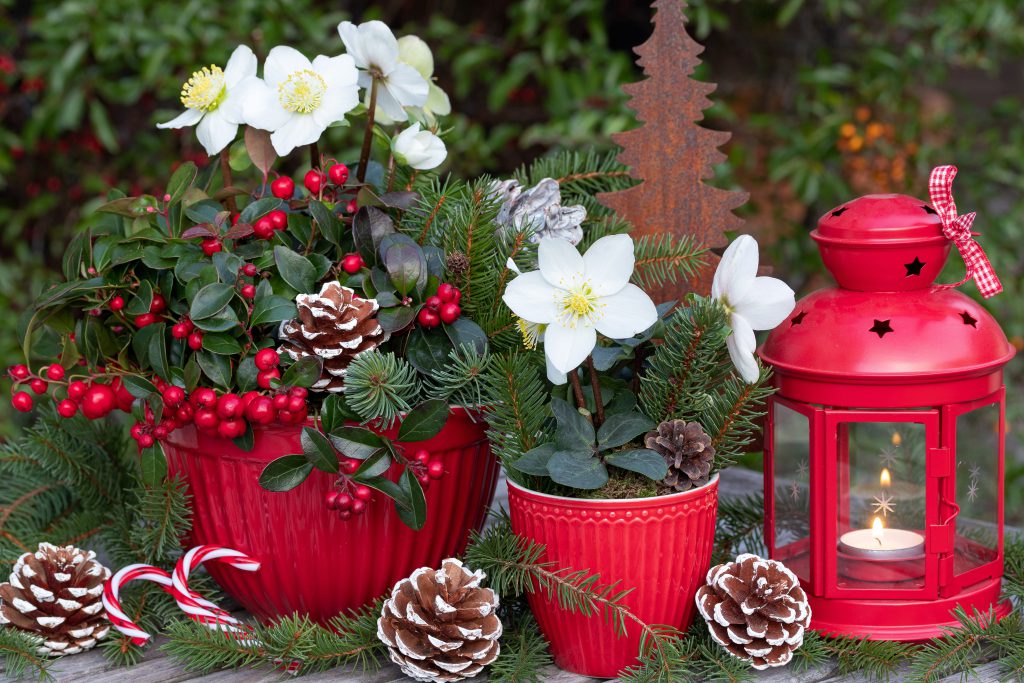
Tidying up the last of Autumn – Finish the clearing of leaves from the beds and borders to prevent plants dying from being covered in damp.
Clear up weedy beds in time for Spring mulching.
Root cuttings can now be taken.
Keep cutting back herbaceous perennials and add them to the compost heap.
Lawn
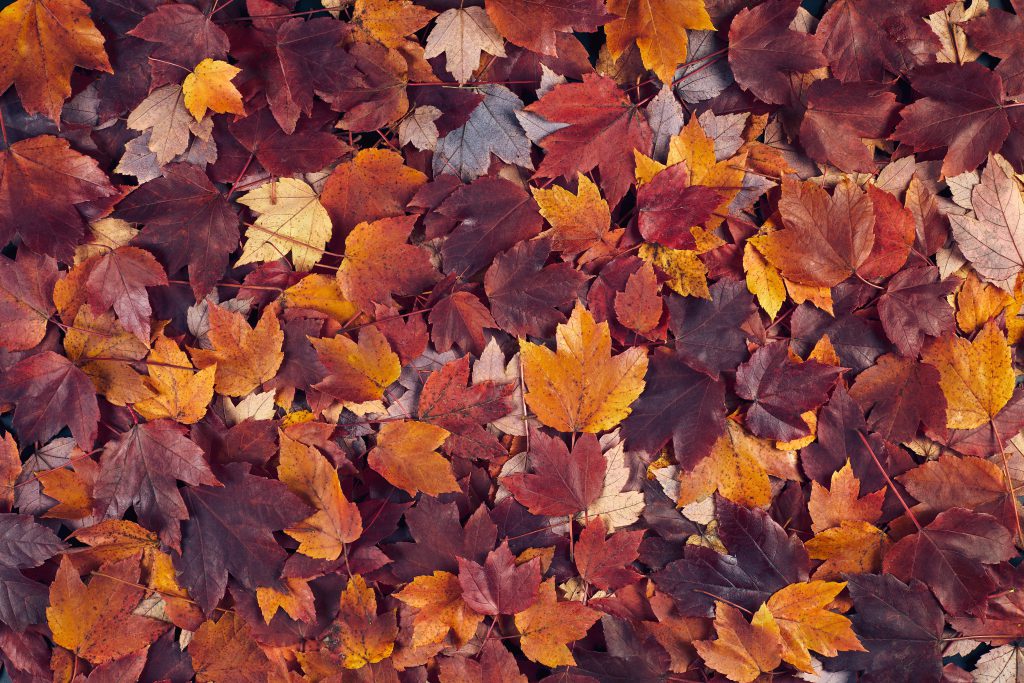
Rake any remaining leaves to prevent the grass being starved of light and moisture
Repair bare patches by using turf cut from other areas of the garden (if available).
Re-cut lawn edges with an edging iron to keep up a neat appearance of the garden.
Ponds
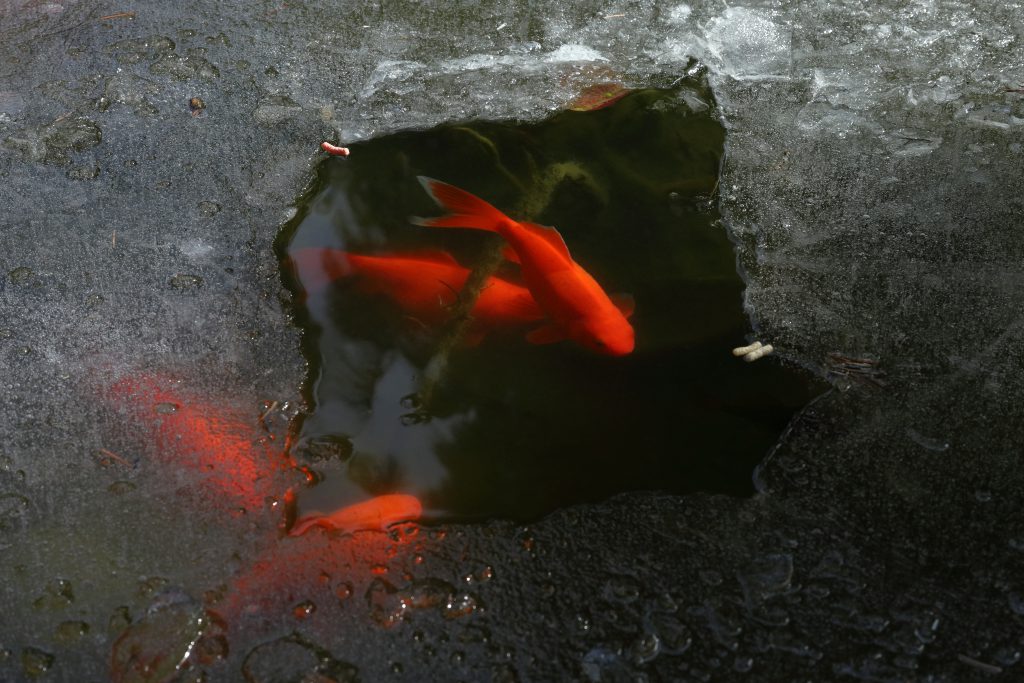
Beware of ice forming on the pond if you have fish as this can be fatal. Either install a air pump or pond heater to prevent this.
You can also make a hole by placing a saucepan of hot water on the surface until is has melted. Do not crack the ice as this can harm the fish.
Place nylon strings across the pond at least 15cm from the ground and edge of the pond to deter birds fishing.
Continue to rake out leaves and shake off any that have fallen on netting.
Trees & Shrubs
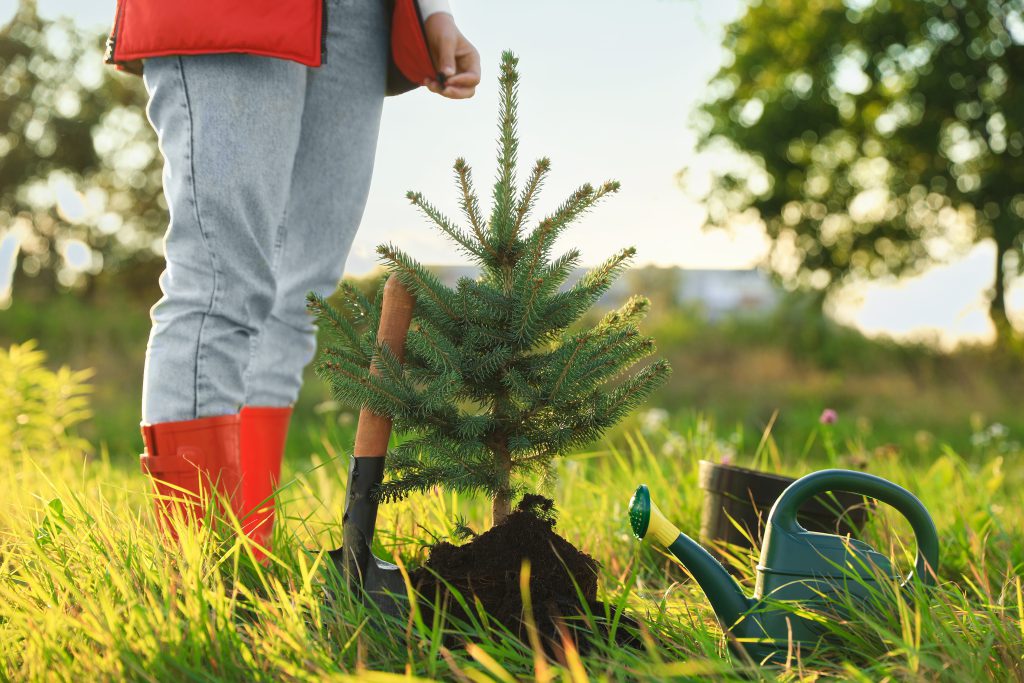
Protect new trees, hedges and shrubs from the cold weather, winds and frost. Thick dry mulch will protect the roots and branches can be covered with fleece. For evergreens, keep the light coming through by covering with clear polythene – don’t let it touch the leaves as they could freeze or rot from condensation.
Continue to plant roses but avoid anywhere that roses have been previously planted. This can lead to issues with replant diseases.
Check tree ties and stakes as cold and harsh winds can loosen them.
Your November Advice – Winter Edition
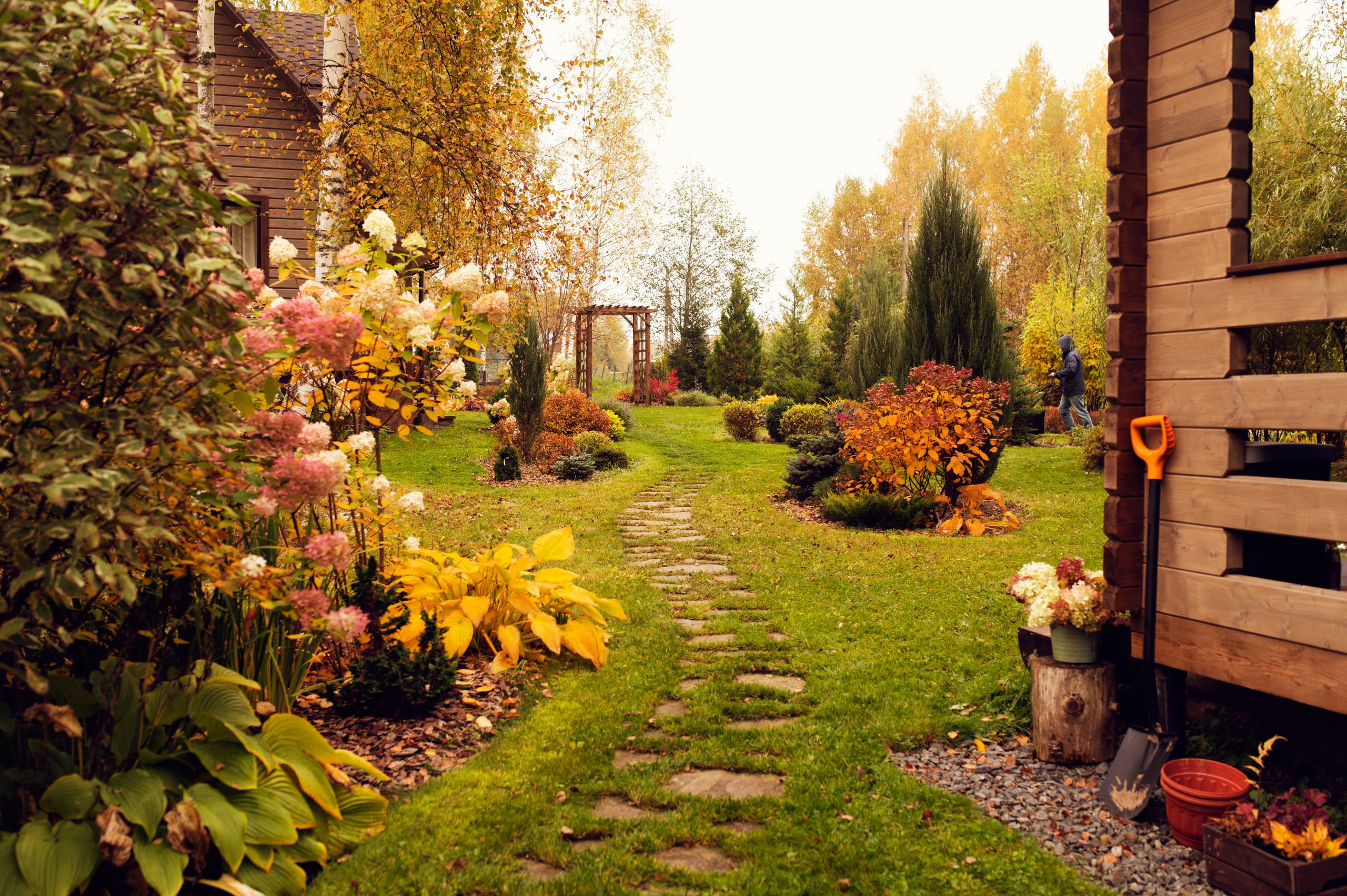
November Gardening Jobs
- Clear up fallen leaves – especially from lawns, ponds and beds
- Raise containers onto pot feet to prevent waterlogging
- Plant tulip bulbs for a spring display next year
- Prune roses to prevent wind-tock
- Plant out winter bedding
- Cover brassicas with netting if pigeons are a problem
- Insulate outdoor containers from frost – bubblewrap works well
- Stop winter moth damage to fruit trees using grease bands around the trunks
- Put out bird food to encourage winter birds into the garden
- Use a seasonal bonfire – where this is allowed – to dispose of excess debris unfit for composting. Please check for any wildlife before lighting.
Plants & Flowers
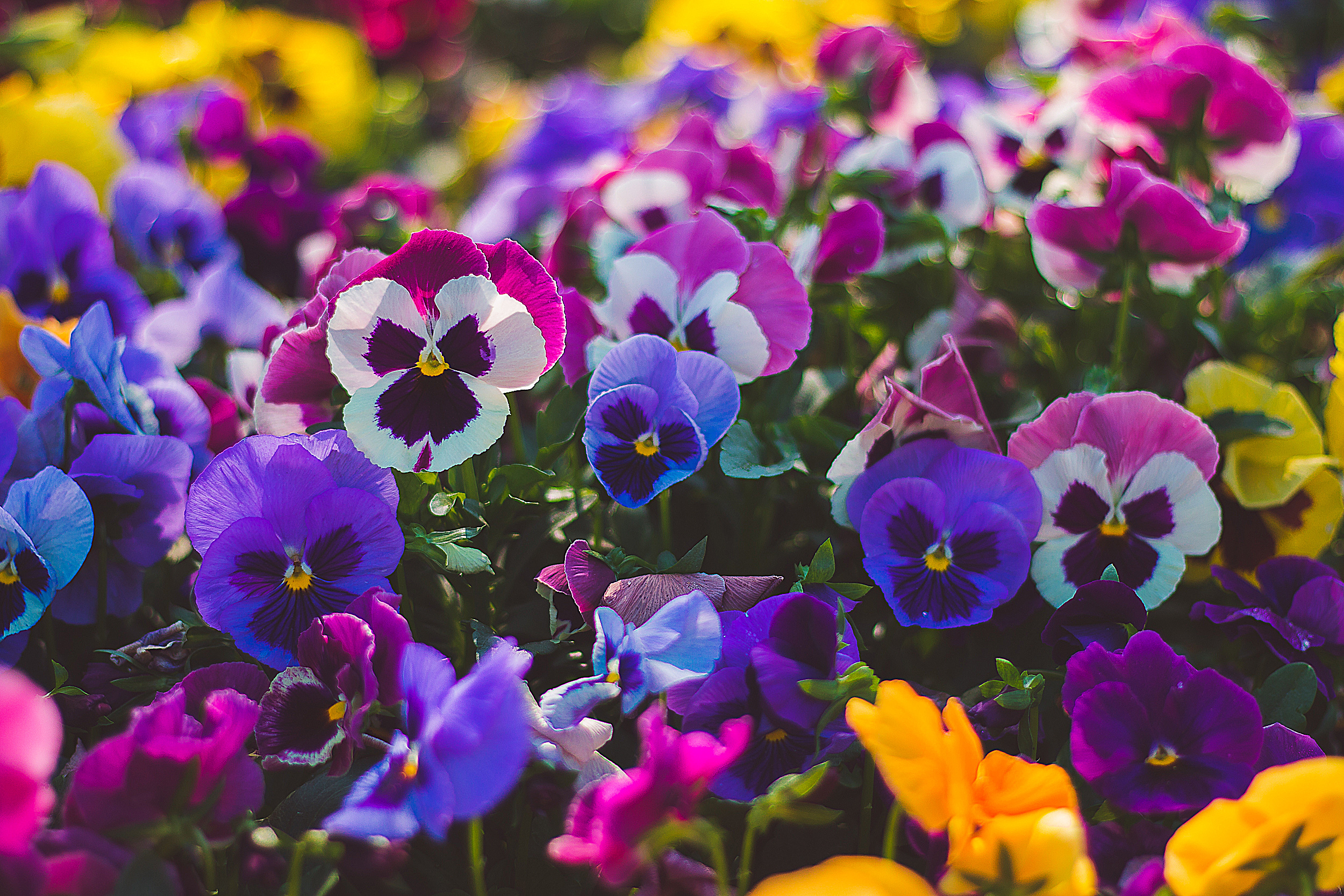
Cut leaves off Christmas type hellebores to make way for the flower.
Now is the last chance to plant out winter bedding. Flowers such as Viola, forget-me-nots, Bellis and wallflowers.
Apply an Autumn mulch to protect plants that are borderline hardy.
Tidy up leaves from around the borders and pop them in the compost pile.
Lawns
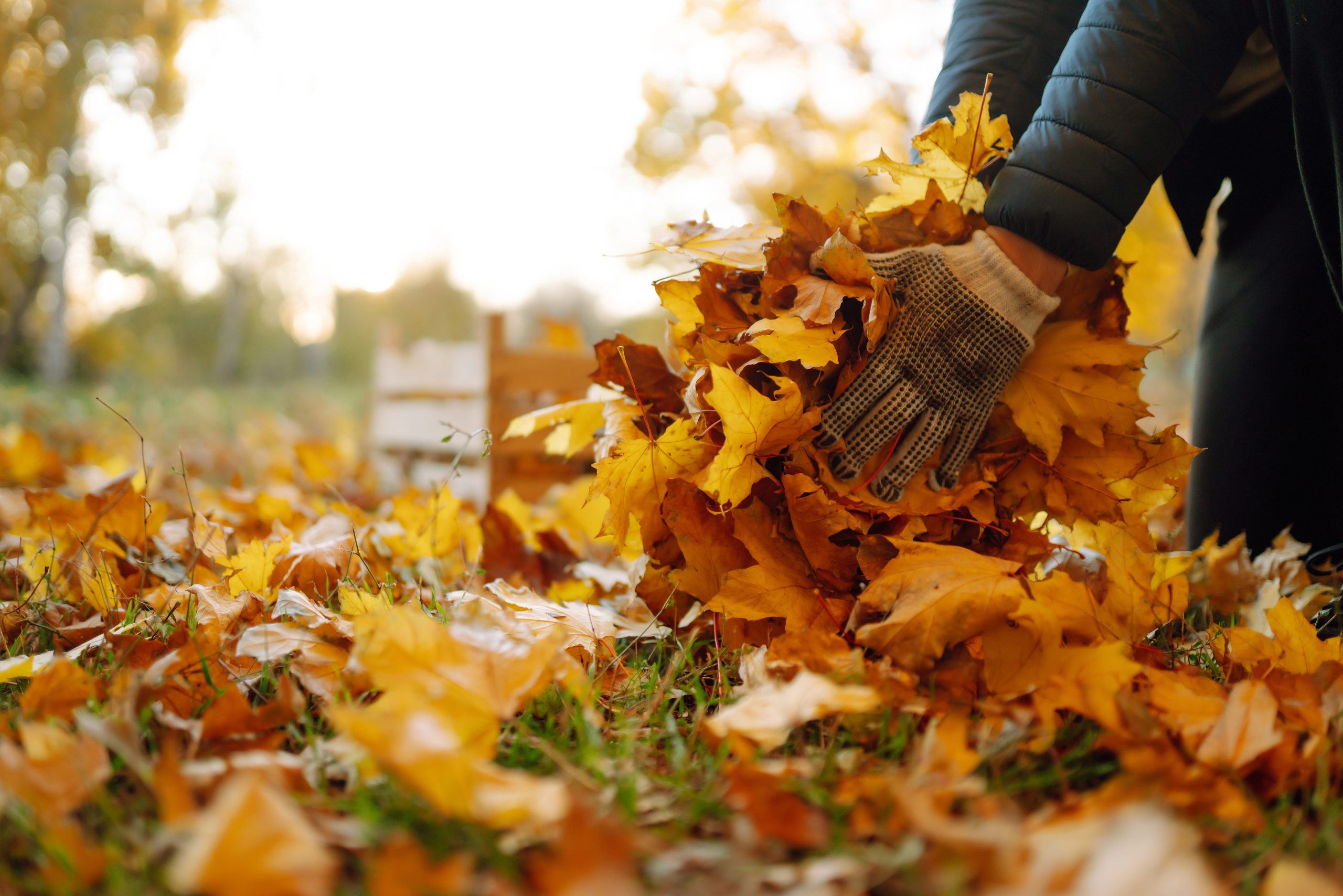
Apply an autumn feed if your grass needs a boost – do this after scarifying and aerating but before applying a top dressing.
Remove fallen leaves so they do not smother the grass.
Lay turf onto prepared soil. Avoid walking on newly laid turf – leave for several weeks to allow the roots to establish.
Mow recently sown areas of grass.
Ponds
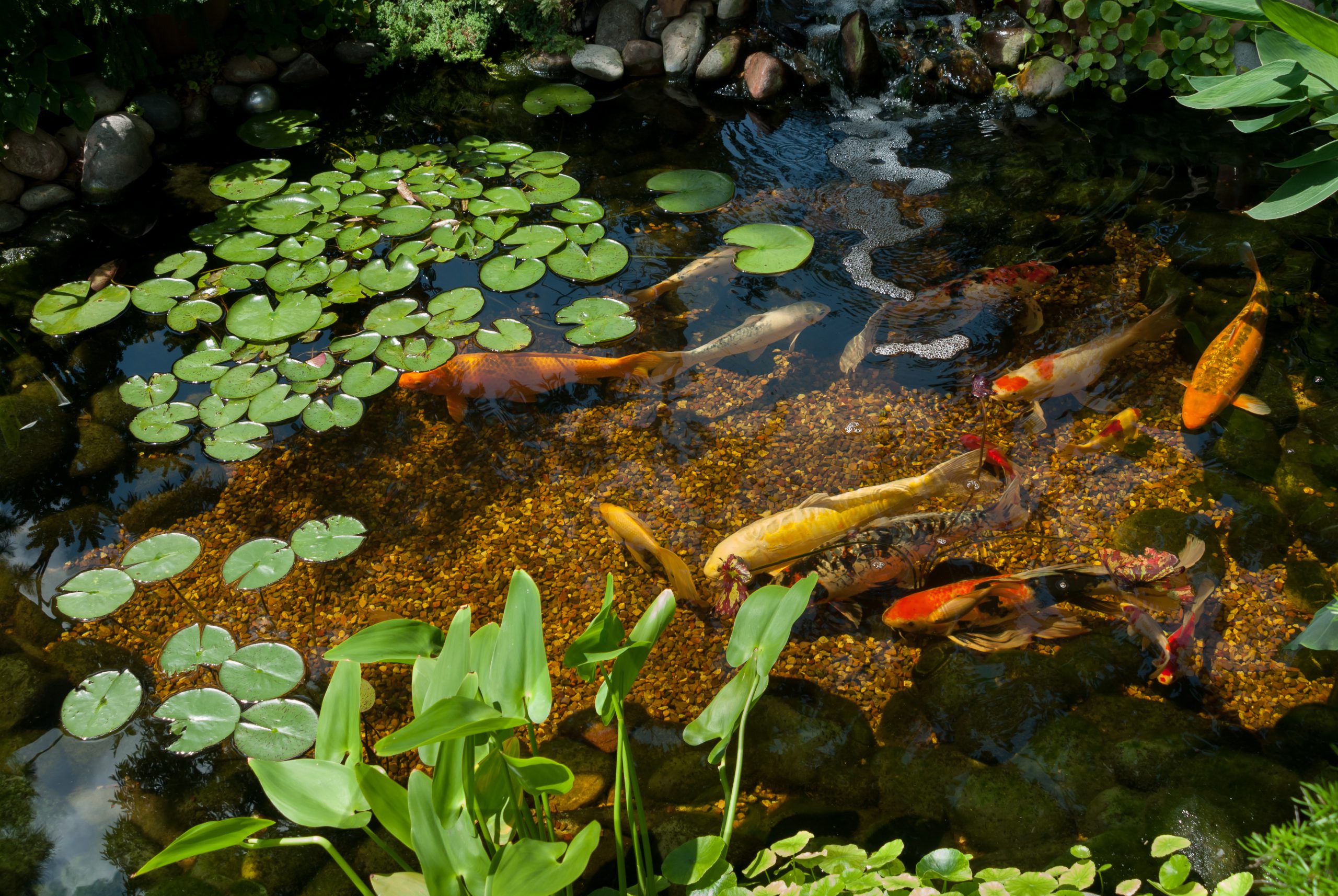
Remove any algae reducing measures, such as straw bales or pads from the pond. Be sure to set these aside for 24 hours before composting to let the pond insects find their way back to the water.
Rake out fallen leaves and shake off any that have fallen onto any protective netting.
Any aquatic plants that are not fully hardy should be taken into the greenhouse.
Trees and Shrubs
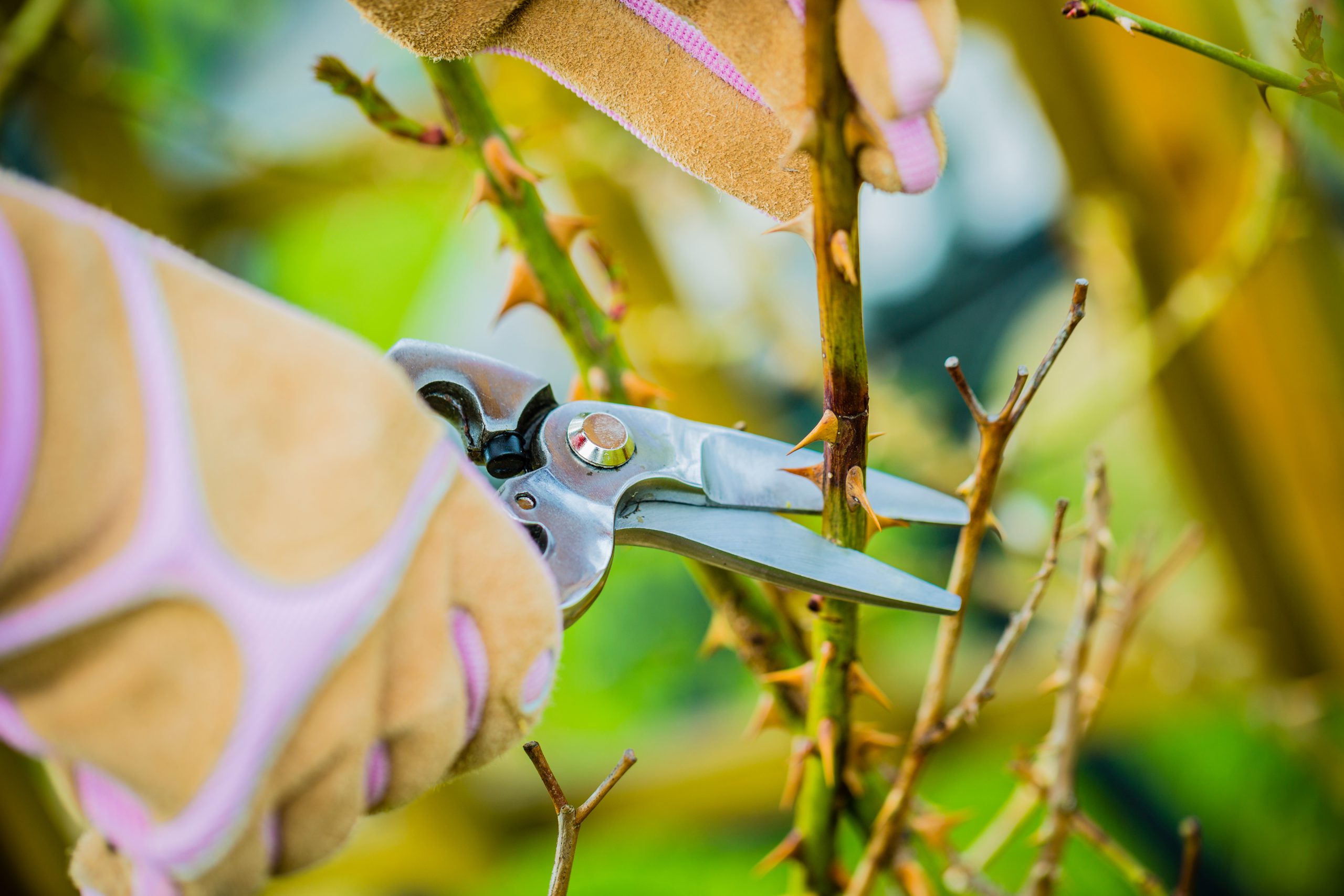
It is an ideal time to plant roses. Be sure to avoid planting new rose shrubs where previously grown, as this can introduce replant diseases.
Protect newly planted trees, hedges and shrubs from the wind and cold by netting windbreakers.
Climbing roses should be pruned by now, these are usually done much earlier in the autumn.
Your October Advice – Autumn Edition
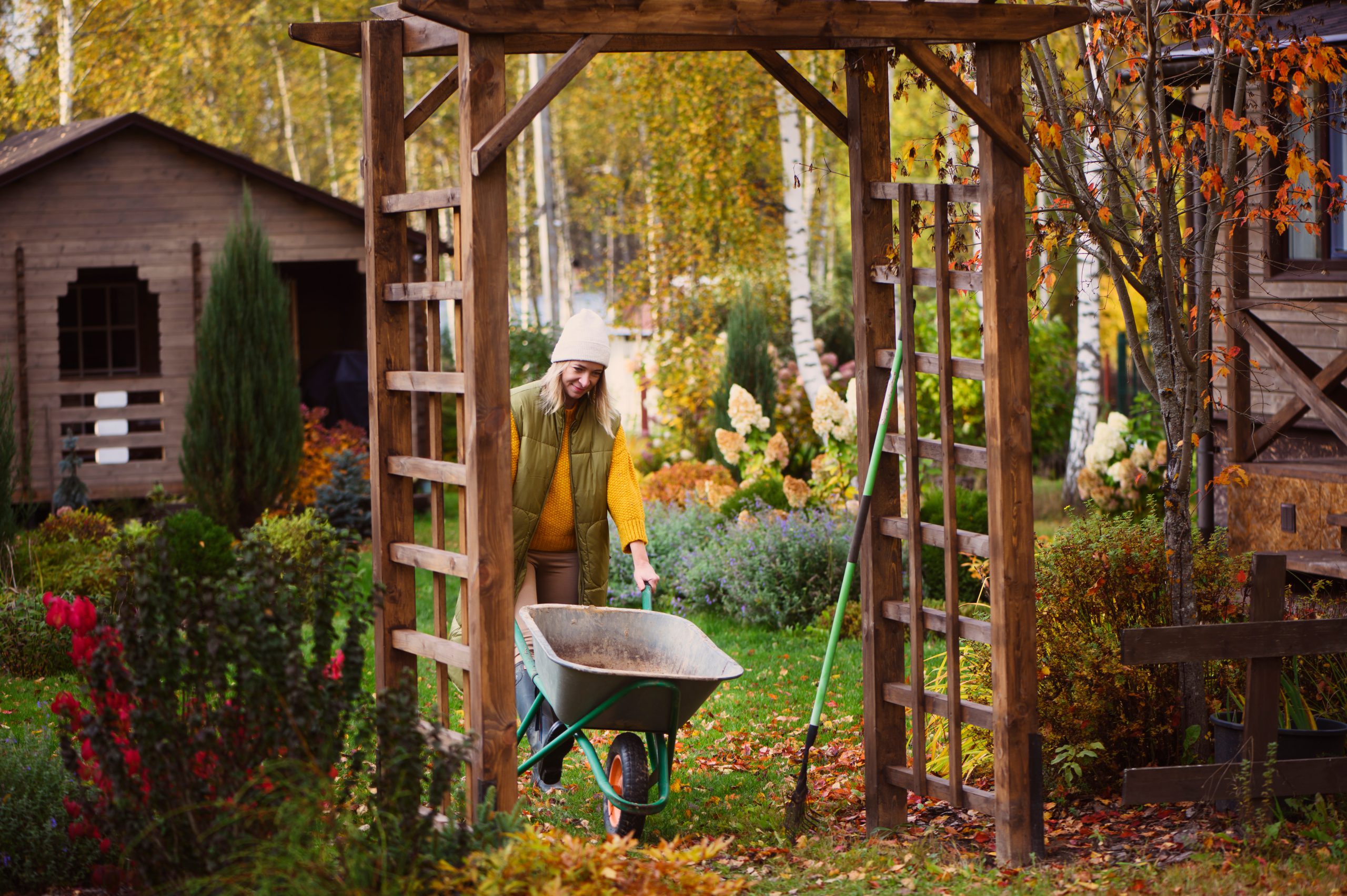
Autumn is officially here! The leaves are turning along with the weather. Let’s tidy up the garden a little.
October Gardening Jobs
- Move tender plants, including aquatic ones, into a greenhouse or conservatory
- Cut back perennials that have died
- Divide herbaceous perennials
- Divide established rhubarb crowns to create new plants
- Plant out spring cabbages
- Harvest apples, pears, grapes and nuts
- Prune climbing roses
- Finish collecting seeds from the garden to sow next year
- Last chance to mow lawns and trim hedges in mild weather
- Renovate old lawns or create new grass area by laying turf
Flowers & Plants
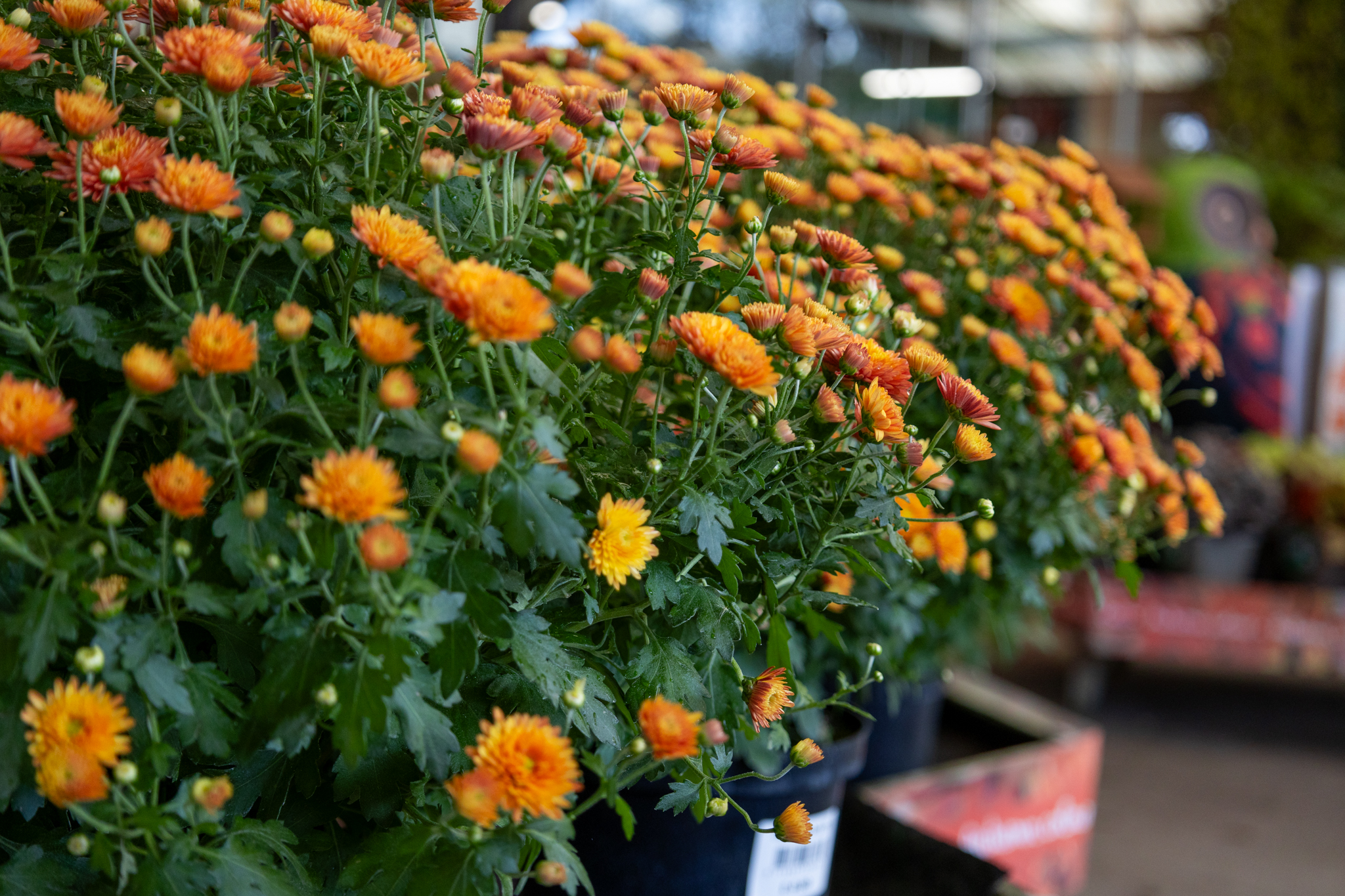
Raise patio containers on to bricks or purpose-made pot feet. This will prevent the pots sitting in water during winter.
Continue to plant spring-flowering bulbs.
As the soil is still warm, it’s a good time to plant new herbaceous perennials.
Lift and divide any poor flowering or overcrowded herbaceous plants.
Lawns
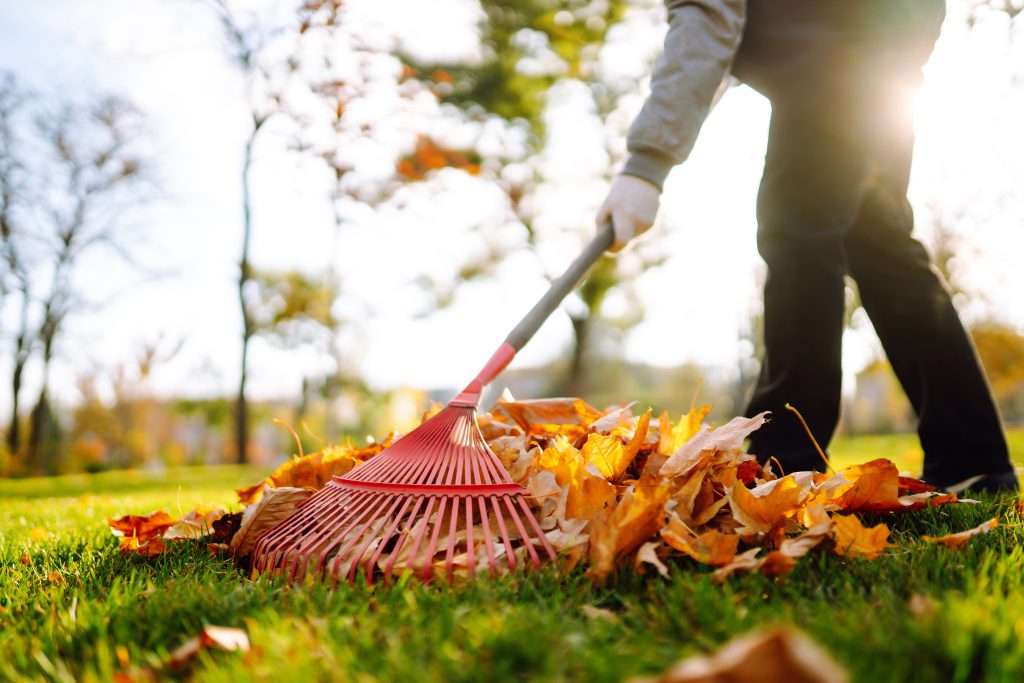
Apply an autumn feed if your grass needs a boost – do this after scarifying and aerating but before applying a top dressing.
Remove fallen leaves so they do not smother the grass.
Lay turf onto prepared soil. Avoid walking on newly laid turf – leave for several weeks to allow the roots to establish.
Mow recently sown areas of grass.
Ponds
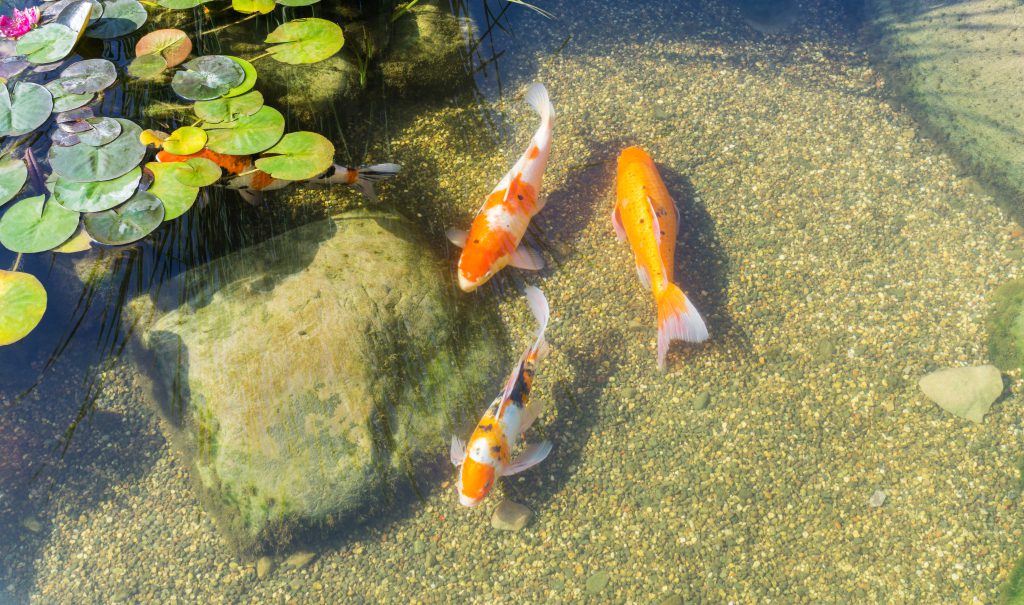
Place nets over smaller ponds to keep fallen leaves out.
Clear any debris, weeds and excess oxygenating plants. Leave them to the side of the pond for 24hrs to allow any wildlife to go back in to the water.
Remove pumps or fountains and removable lighting systems, clean them and store over winter.
Tree & Shrubs
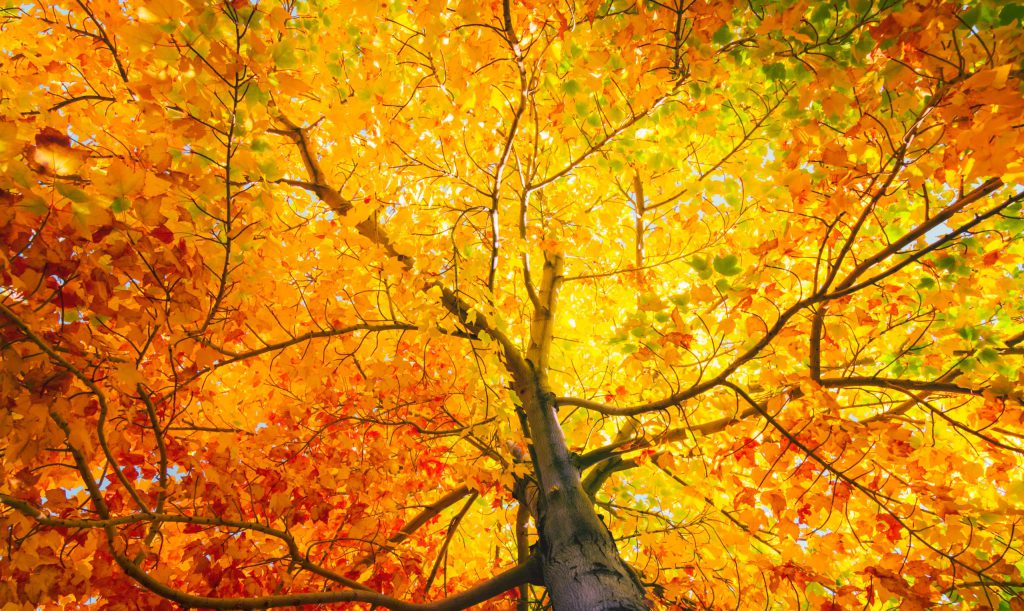
If the weather is dry, keep watering early-flowering shrubs such as camellias, rhododendrons and azaleas, so that flower buds are initiated for spring blooms.
Check tree ties and stake before winter winds cause any damage.
Place healthy fallen leaves on the compost heap. If you shred the leaves first they will break down faster.
Your September Advice – Autumn Edition
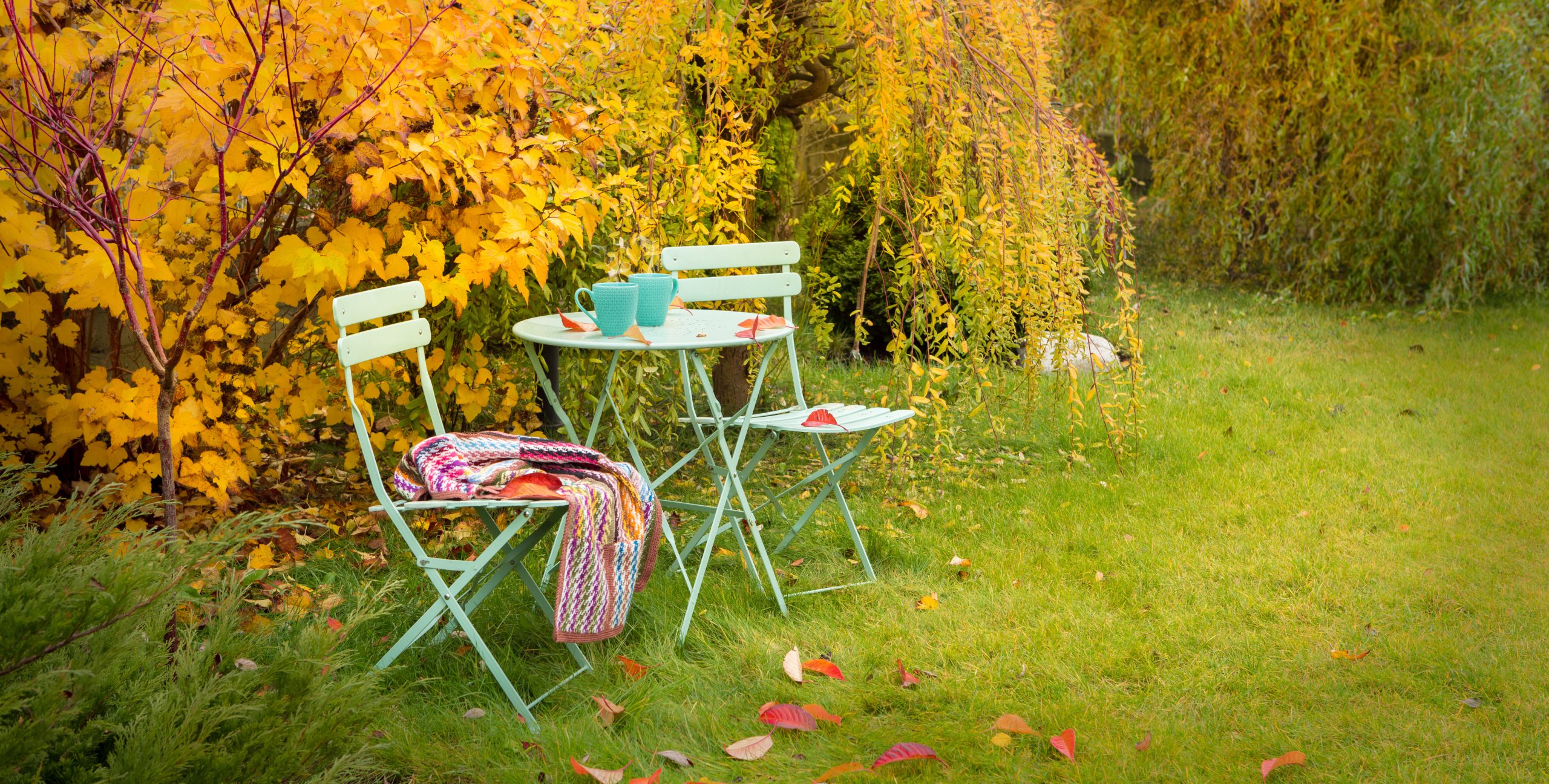
Can you feel Autumn approaching? Golden evenings filled with candles, a cosy cup of hot chocolate and a good book.
Before we get to relaxing, let’s sort out the garden.
September Gardening Jobs
- Divide herbaceous perennials
- Pick autumn raspberries
- Collect and sow seed from perennials and hardy annuals
- Dig up remaining potatoes before slug damage spoils them
- Net ponds before leaf fall gets underway
- Keep up with watering of new plants, using rain or grey water if possible
- Start to reduce the frequency of houseplant watering
- Clean out cold frames and greenhouses so that they are ready for use in autumn
- Cover leafy vegetable crops with bird-proof netting
- Plant spring-flowering bulbs
Plants & Flowers
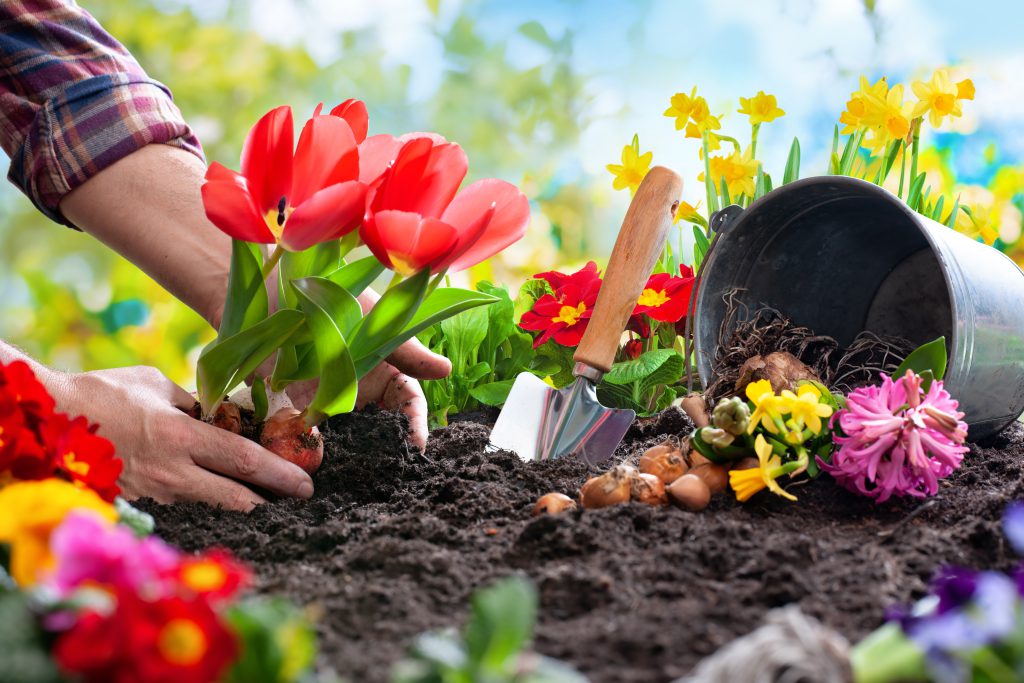
Be sure to have your spring-flowering bulbs ordered or better yet, planted so that you can expect a beautiful bloom come springtime.
Continue to deadhead, water and feed hanging baskets to take them right up into mid autumn!
Deadhead plants such as roses, delphiniums, dahlias and penstemons to keep their colour for longer into the month.
Bring tender plants like fuchsias, gazanias, lantanas and abutilons before frost causes damage.
Fruits & Vegetables
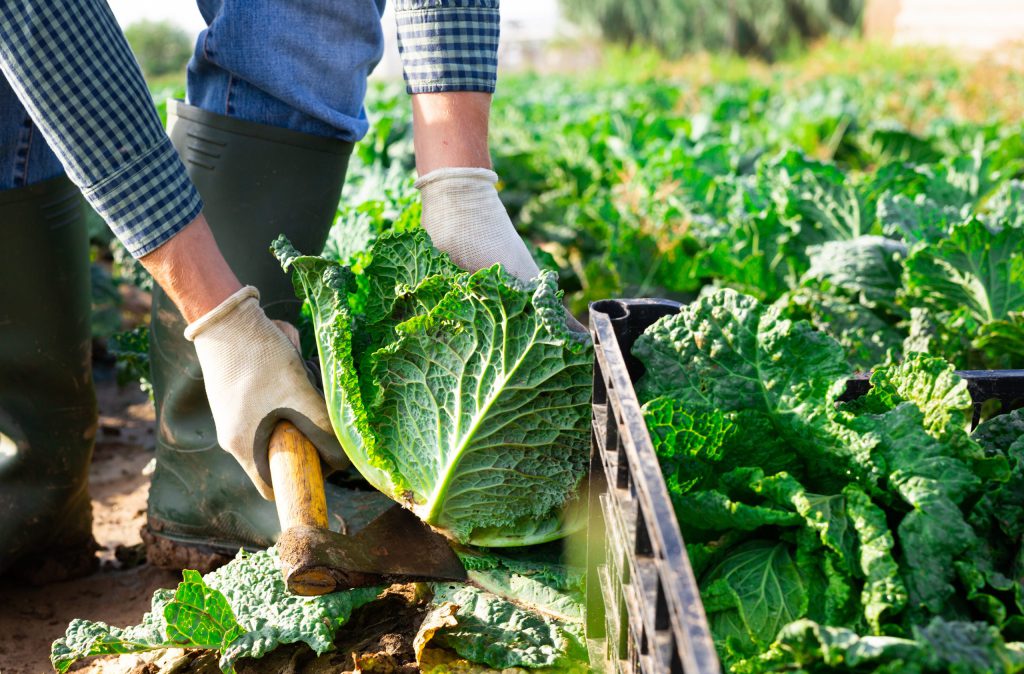
Vegetables to plant in September
- Cabbages, salads, peas and beans
- Garlic
- Turnips
- Spring onions
- Shallots
Fruit to plant in September:
Strawberries – The planting season tends to run from June to September, but August – September is the best time to plant this delicious red fruit to give it enough time to develop a good root system before winter arrives.
Lawn Care
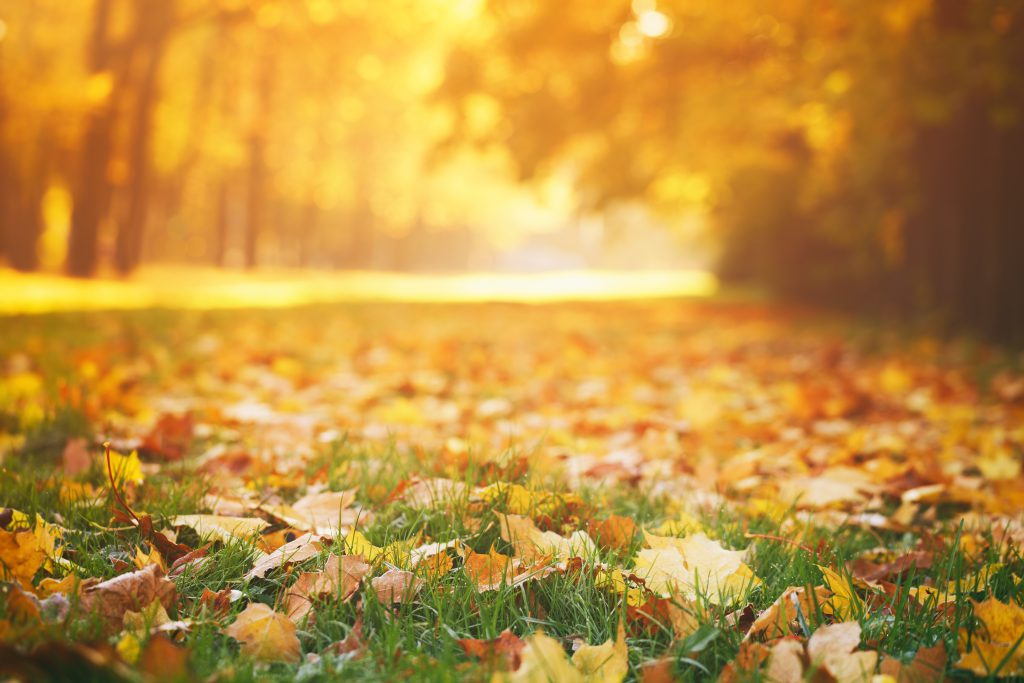
1. Scarify
Scarifying simply means raking up dead grass and moss to reduce layers of thatch. this is so that the thatch will not prevent water and fertiliser form getting through to the roots and soil
2. Trim back lawn and bed edges
During the summer of warmth and sunshine, your lawn edges may have gotten a little bit overgrown, this makes it the perfect time of year to trim back those lawn edges.
3. Aerate your lawn
The process of aerating is spiking the lawn to allow more air (and nutrients including water) to get to the grass roots. Aeration will also help your lawn survive through more extreme conditions such as waterlogging or drought.
4. Fork compacted areas
Due to heavy traffic in the summer, the lawn will need forking to break up the soil and improve the drainage when the rain starts to pour. Ensure that you push the fork four to six inches to the ground to get the proper aeration and drainage.
5. Apply Autumn Weed & Feed product
Once your lawn is treated and in pristine condition, it’s important to get some lawn feed down to ensure that the roots are still growing strong throughout the winter.
Pests & Disease

Warm and damp weather is the perfect combination for pests to thrive. Clearing out debris from containers and disposing of old compost (which can harbour soil-borne pests like vine weevil) will go a long way!
Pests to watch out for this Autumn:
- Cabbage Aphids
- Slugs
- Vine weevil
- Brassica whitefly
- Gooseberry sawfly

